Learn All About Sayama Tea in Saitama, From Leaf to Drink, Just 1 Hour From Tokyo!
features
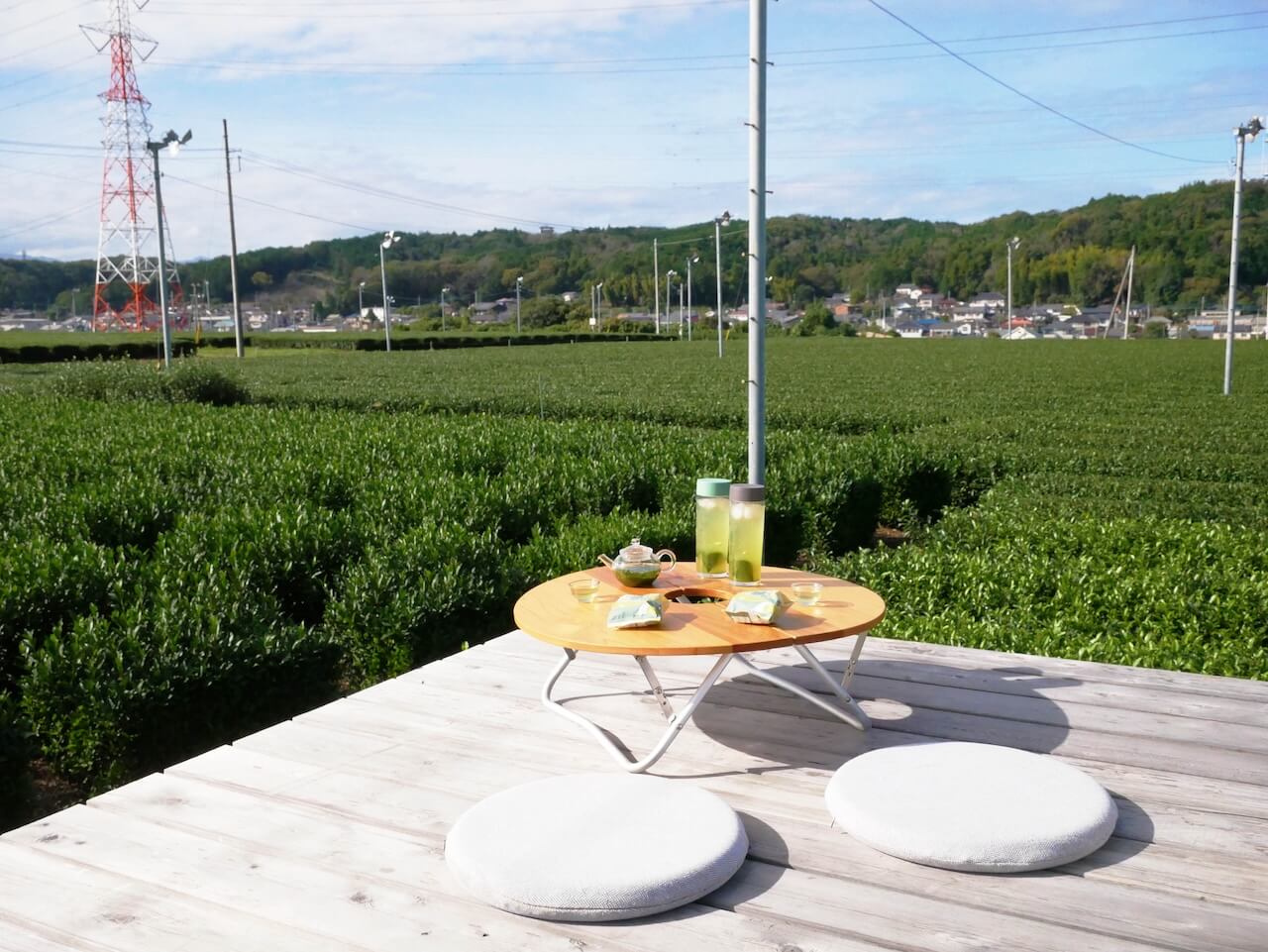
Deeply rooted in Japanese culture, tea is a major commodity in Japan. Famous tea producers include Kyoto and Shizuoka, and Tokyo’s neighboring prefecture of Saitama is also a hidden gem of tea production. The tea here, known as “Sayama tea” (Sayama-cha), is complex, delicious, and a source of great pride for the local people. For this article, we headed to the city of Iruma in Saitama to learn more about Sayama tea from friendly tea producers, and discover its nuances with refreshing tastings.
Updated on:2025.03.28
What Is Sayama Tea?
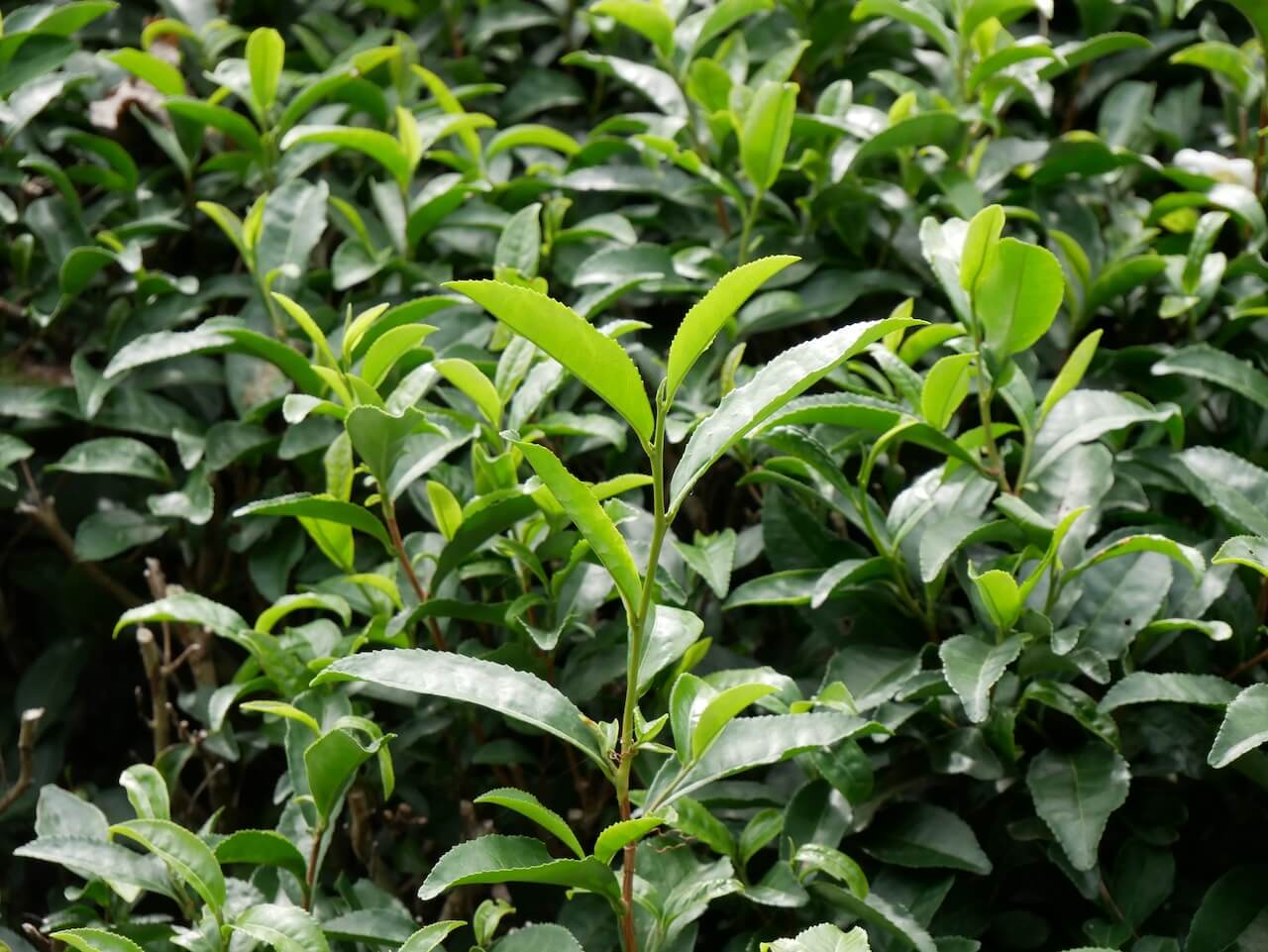
First, let’s explain the subject of this article: Sayama tea. Sayama tea is grown in Saitama Prefecture and northwestern Tokyo, with a high concentration of producers located around the Sayama Hills in the western cities of Iruma, Tokorozawa, and Sayama. The city of Chichibu has also been growing as a tea producer, and there are areas in eastern and southern Saitama that grow tea as well.
Saitama is one of the northernmost points you can go in Japan and still grow consistently delicious tea, as more northern climates are generally too cold for tea production. Determined farmers during the Edo period (1603 – 1868) went through much trial and error to finally come upon a process that worked, such as growing the tea at high altitudes, steaming at high temperatures, and invoking a unique “burning” technique referred to as “Sayama burning.”
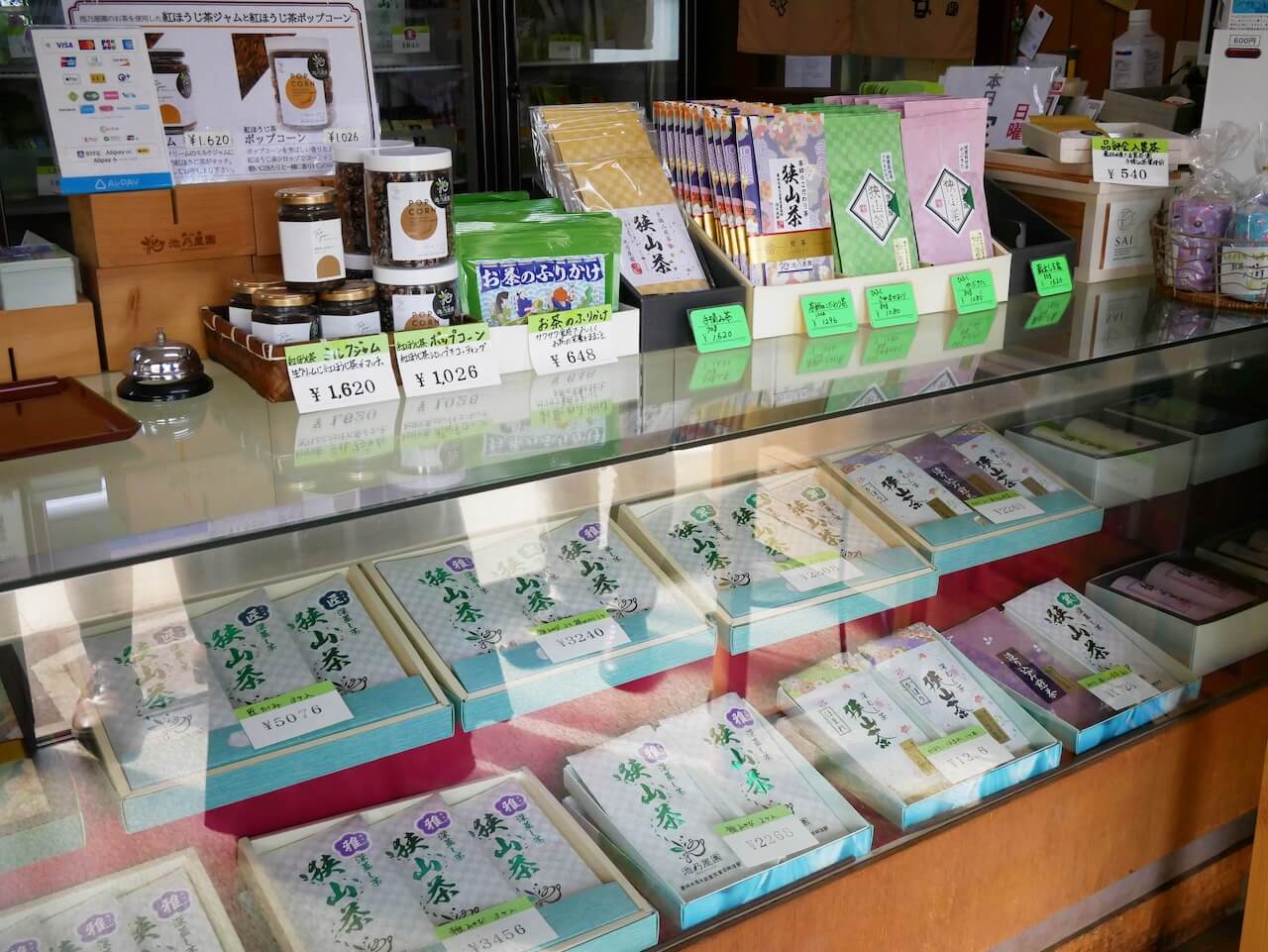
Their efforts paid off, as Sayama tea is now one of the most highly regarded teas in Japan. The lyrics of an old tea-picking song go: “Shizuoka for color, Uji for aroma, and Sayama for flavor.”
Although generations of hard work resulted in successfully cultivating a delicious green tea, the conditions mean that quantities are limited compared to other types of tea in Japan – Sayama tea makes up only about 2% of the market. While tea from other parts of Japan can be harvested up to five times a year, Sayama tea can usually only be harvested up to two. Knowing the rarity of this coveted tea makes getting to drink it feel all the more special!
Bags of Sayama tea sold at Ikenoyaen
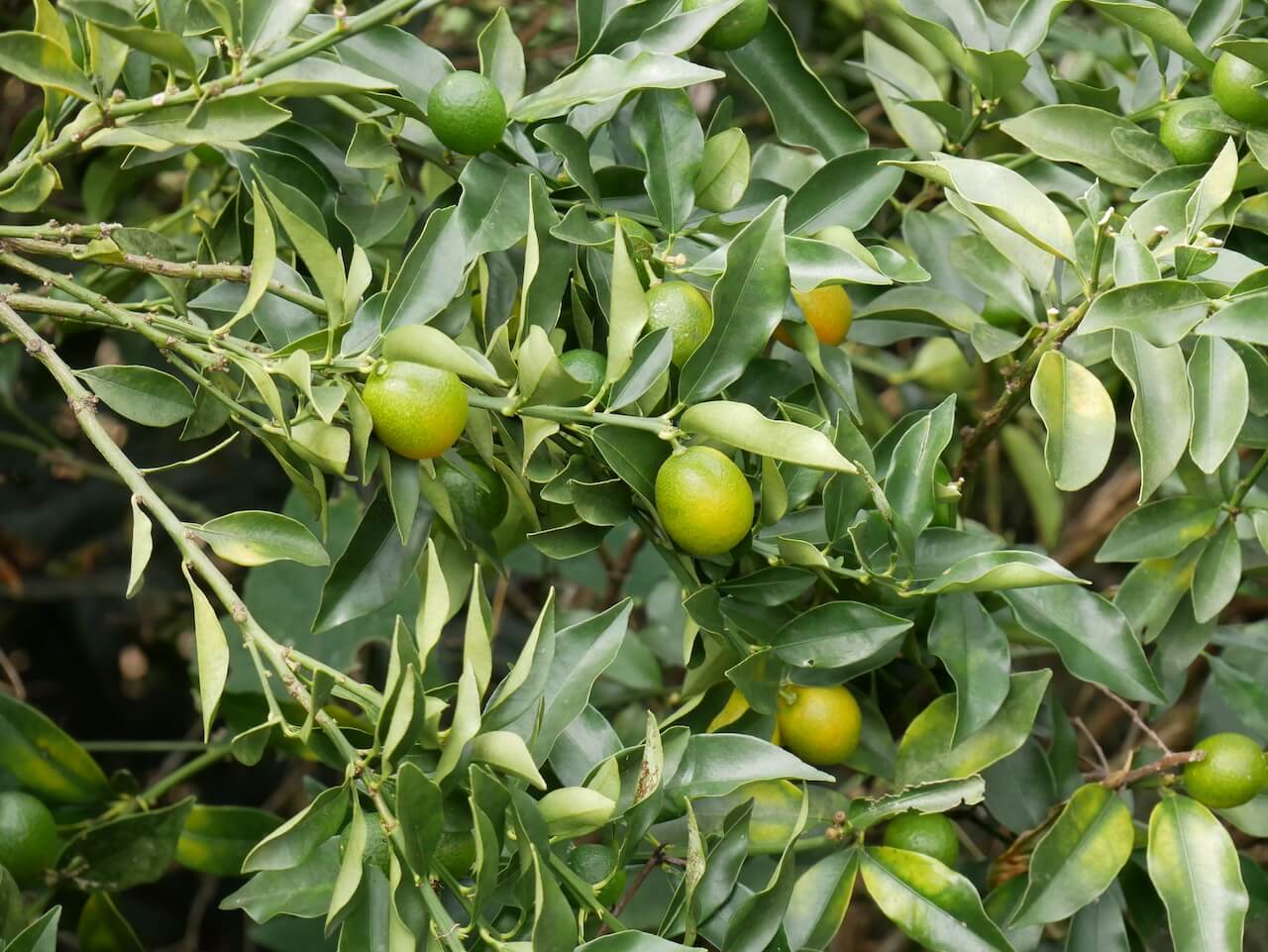
Another unique feature of Sayama tea is that it is usually completely processed by one farm – this includes growing, harvesting, drying, roasting, and selling. This means that although it is grown in the same location and made with the same type of leaves, the characteristics of Sayama tea can vary immensely among different makers. There are also plenty of makers experimenting with flavored teas, adding layers and originality to the depth of the green tea.
Citrus grown at Tanaka Tea Farm that is used for flavored teas
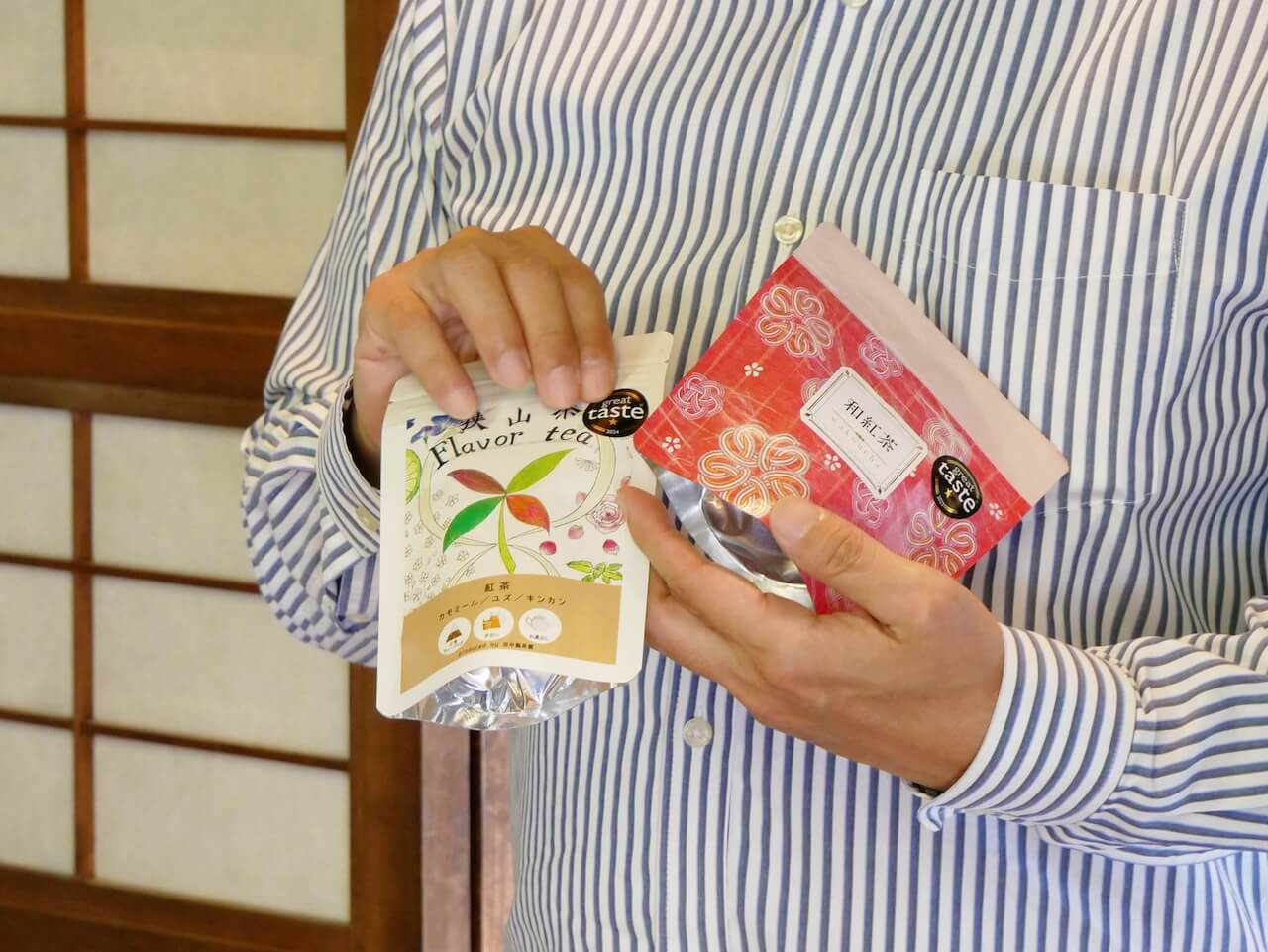
Examples of flavored teas from Tanaka Tea Farm
Experience the Entire Tea Process, From Tea-Picking to Brewing
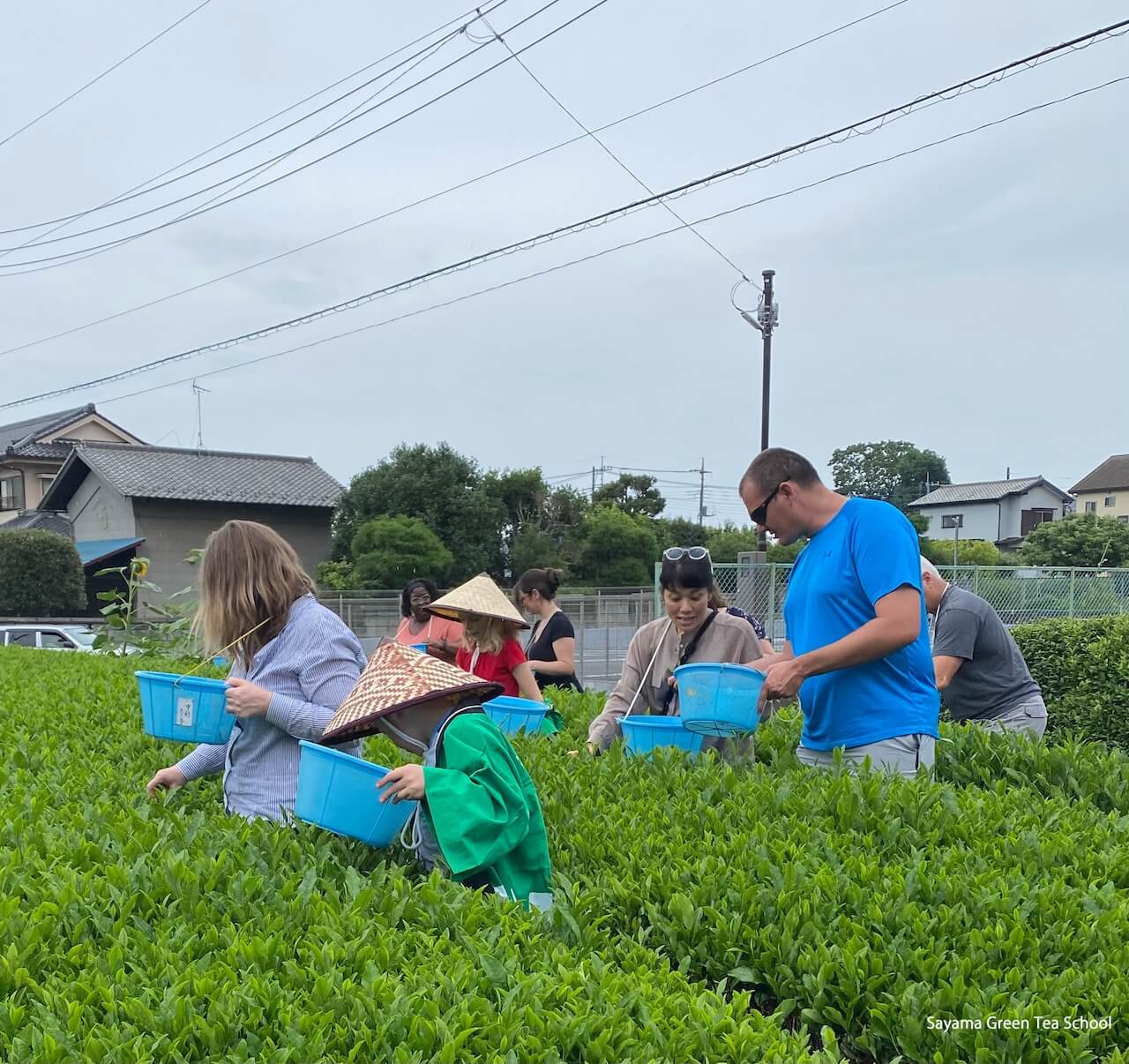
We are very used to having tea readily available for us, from bottled ready-made teas to tea bags and loose leaf teas that we can easily grab to brew at home. However, have you ever considered where this tea comes from?
Sayama Green Tea School in Saitama Prefecture offers an eye-opening tour that allows you to learn about tea production by jumping into it yourself! The tour takes place among the tea fields, guided by local tea farmers who are passionate about their trade and are eager to educate.
The tour starts with a lecture at a local tea farm, giving background and insight into the processes of tea production, as well as the characteristics of Sayama tea. Once you deepen your knowledge of Sayama tea, you will be led out into the tea fields to experience the tasks of a local tea farmer.
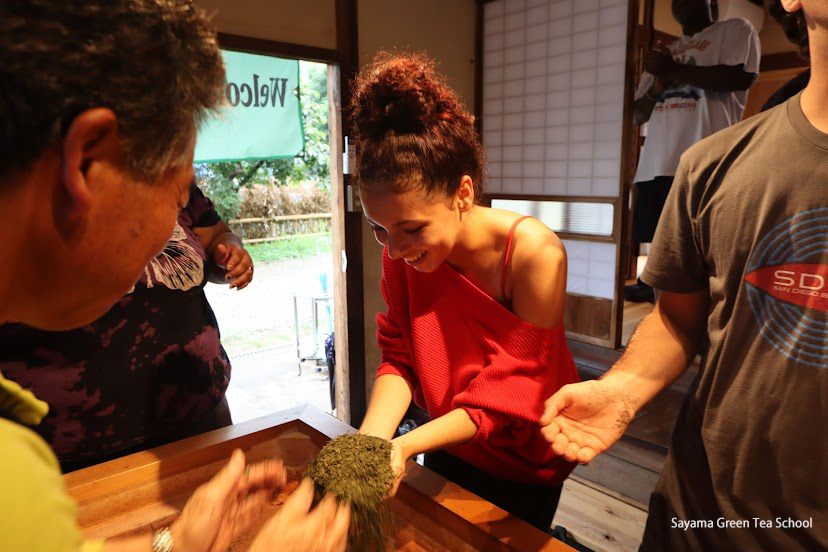
The tea production process starts with picking the tea leaves by hand, looking for the young, green leaves that create delectable, aromatic blends. After picking to your heart’s content, the tour continues at a tea factory, where the farmers show how the fresh leaves are processed. You will get to see the machines up close and even try roasting the tea with your very own hands! Going through the production process also gives a peek into the producers’ own methods that lead to their unique blends filled with distinctive flavors.
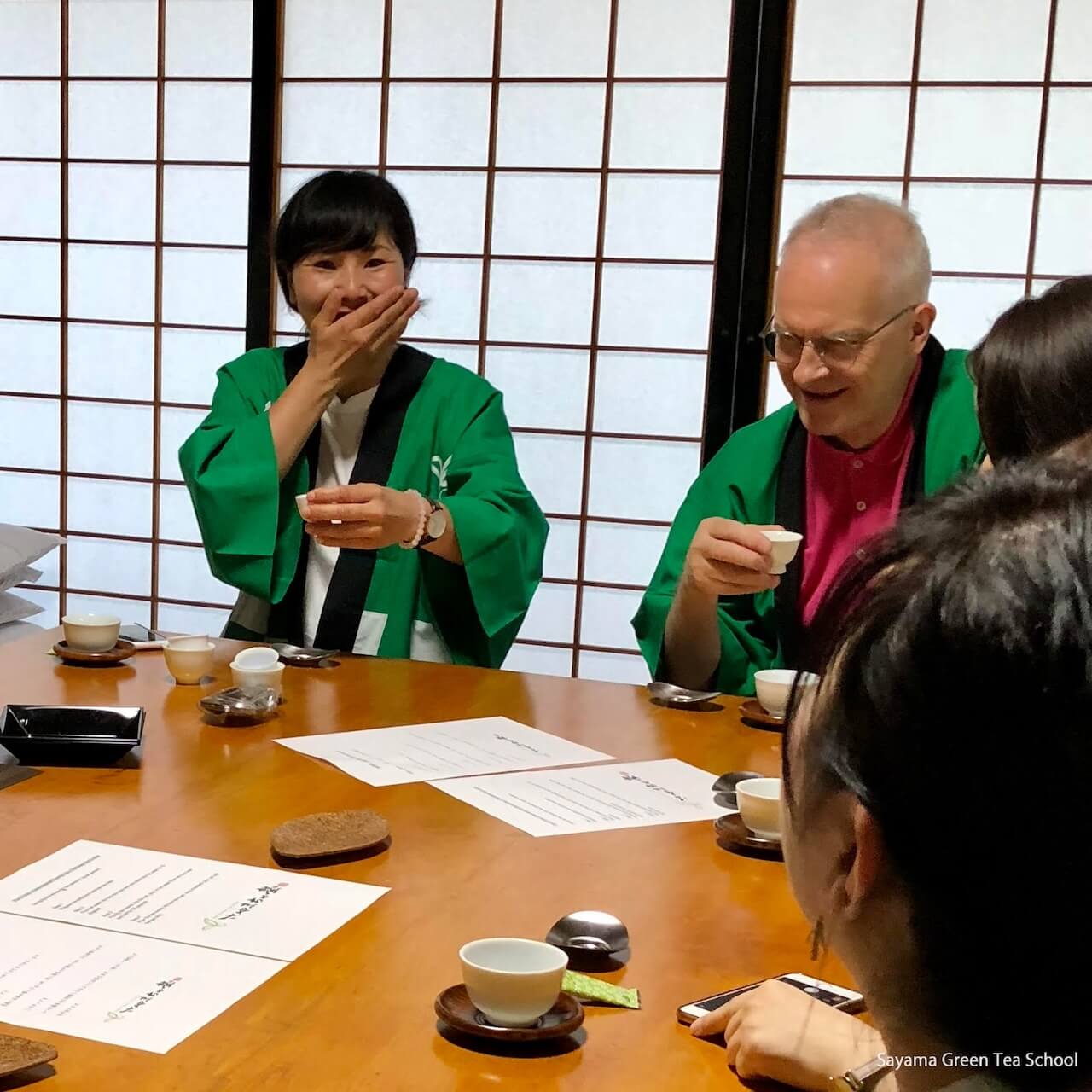
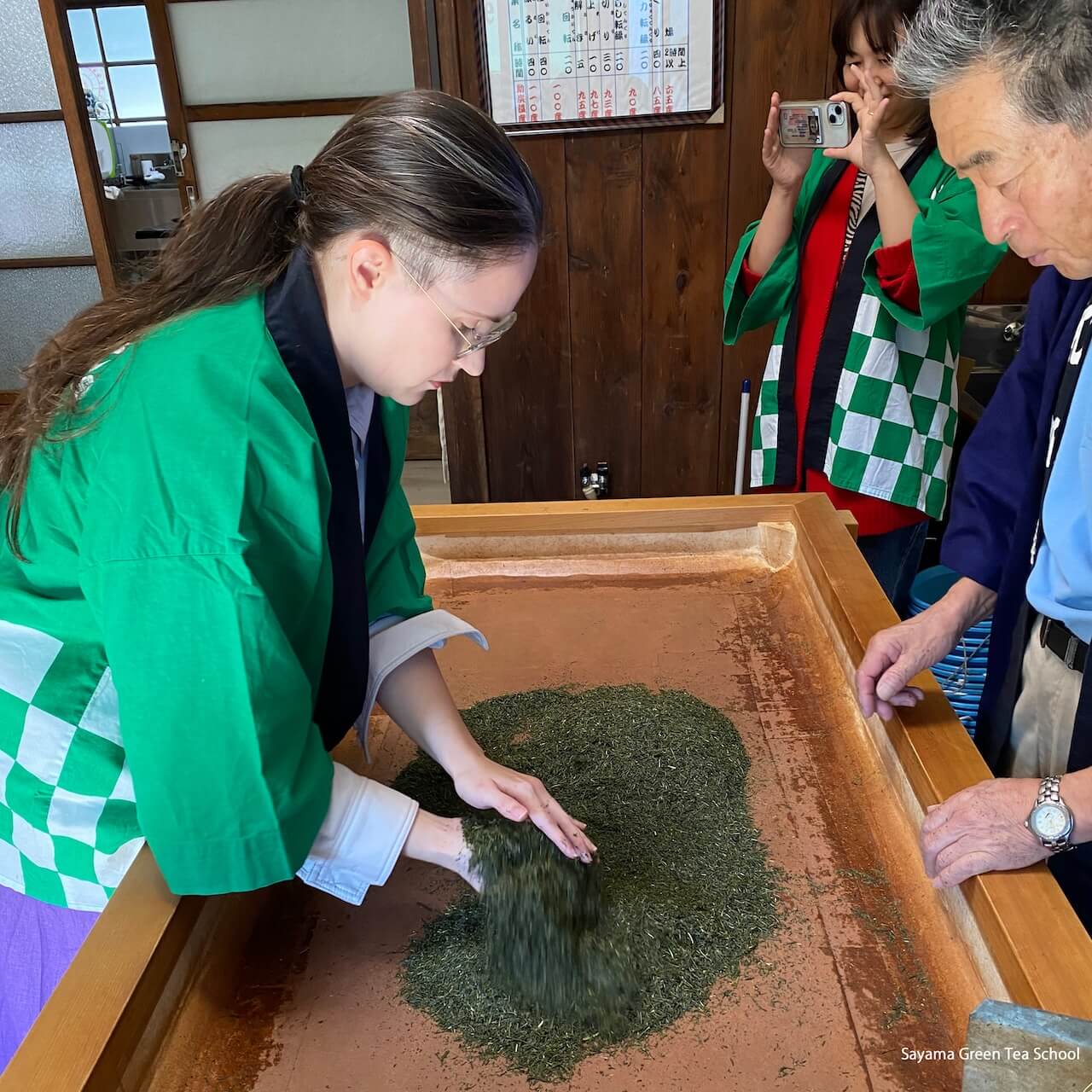
After the tour of the factory, relax with a tasting hosted by a professional tea master. Cups will be brewed right in front of you, and the enticing aroma and sweet flavor will remind you that there is nothing quite like freshly brewed tea.
Inquiries: https://www.sayamagreenteaschool.com/contact
Finding the Differences in a Tea-Tasting Game
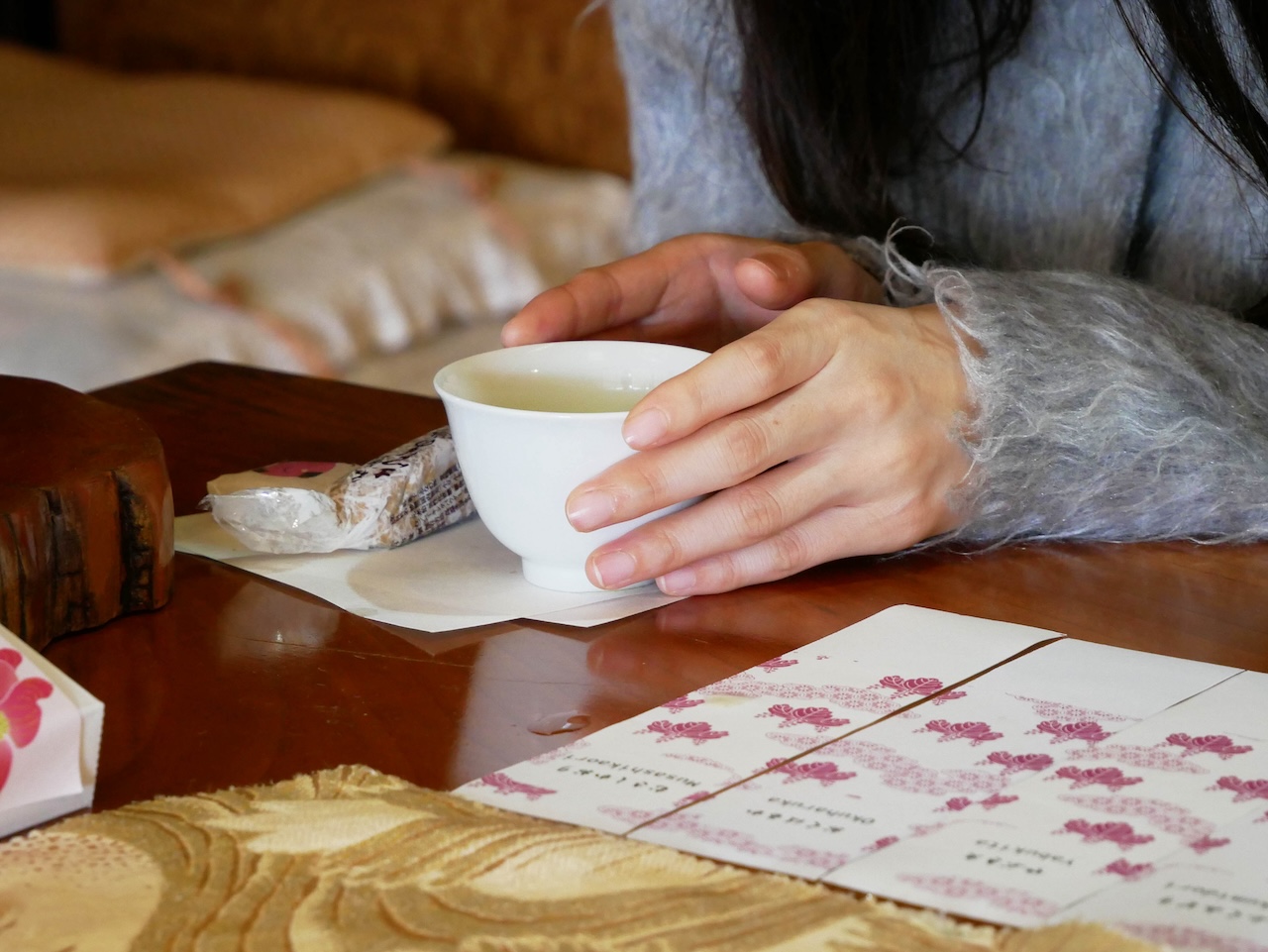
To truly understand just how different green tea can be, we decided to have a go at “tocha” – a tea-tasting game. Tocha has been played in Japan for centuries, and during the game, you are presented with several teas that you taste before you blindly guess which is which. For this game, we headed to Tanaka Tea Farm, a tea producer in the heart of Iruma that has been in operation since the mid-Edo period.
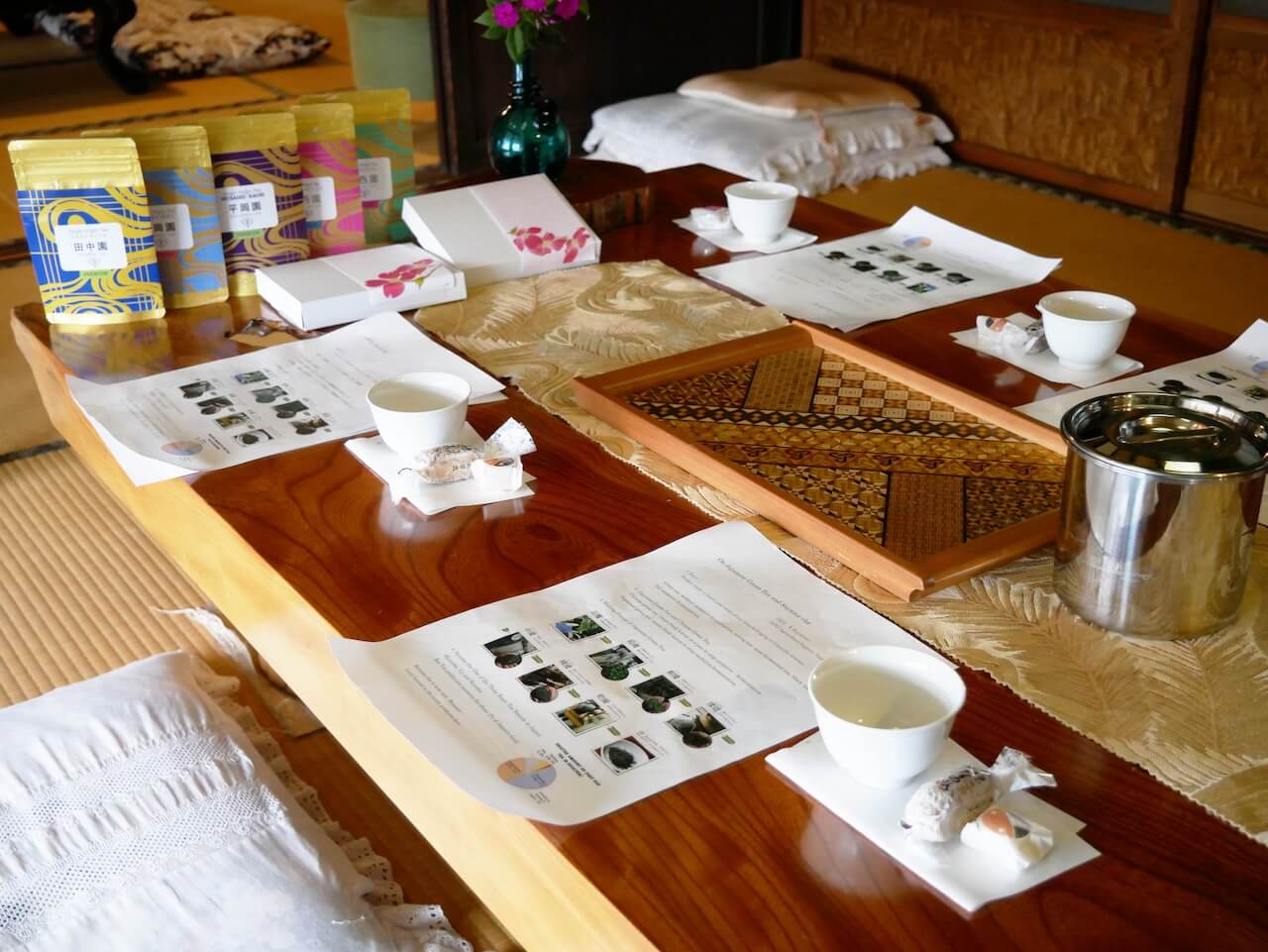
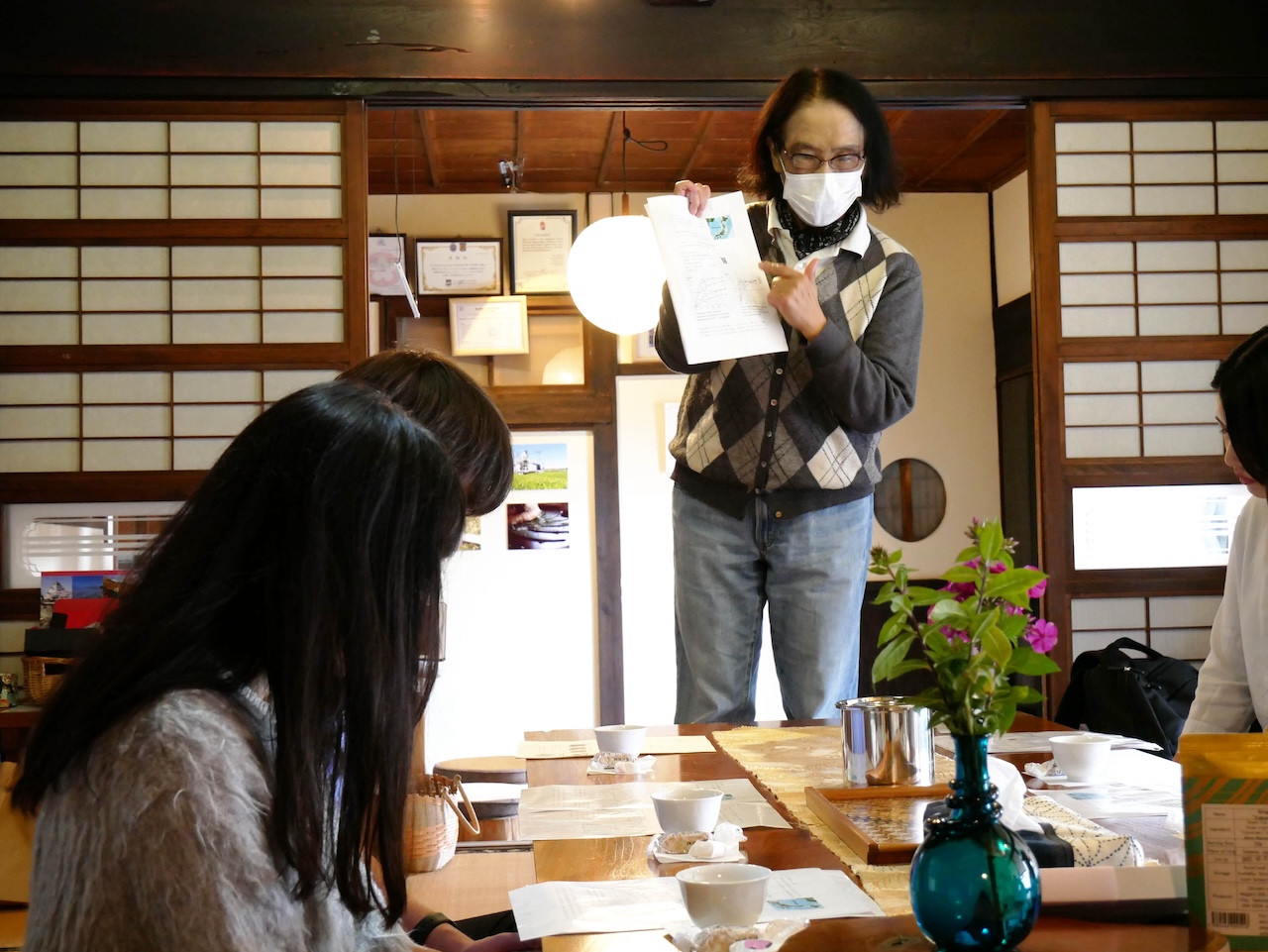
We gathered in the traditional-style room of the building and took our places atop the tatami mat in front of our “yunomi” tea cups, sweets, and overviews detailing the characteristics of Japanese green tea and Sayama-cha. The experience began with a brief yet informative explanation of tea (as well as Sayama tea), including the production process and brewing methods, giving us a greater understanding of the tea we were about to taste.
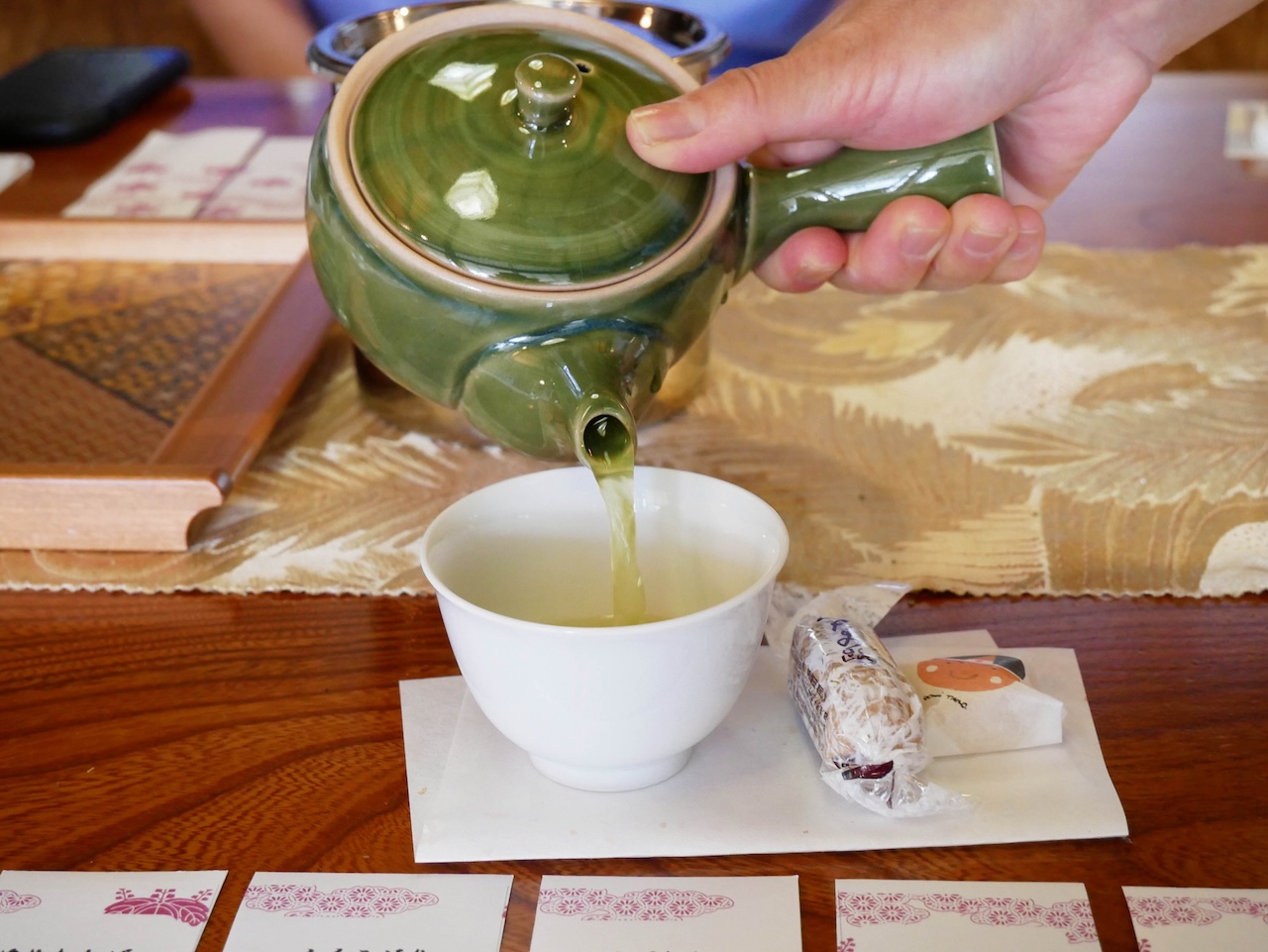
After the introduction, the proprietors began pouring tea into our cups one by one, telling us the name of the tea and giving us time to gather as many observations as possible to allow the best chance at guessing correctly later. You are allowed to take notes as you taste that you can reference later, so we diligently jotted down our thoughts, and I noticed that by doing this I was delving deeper into the nuances of each tea.
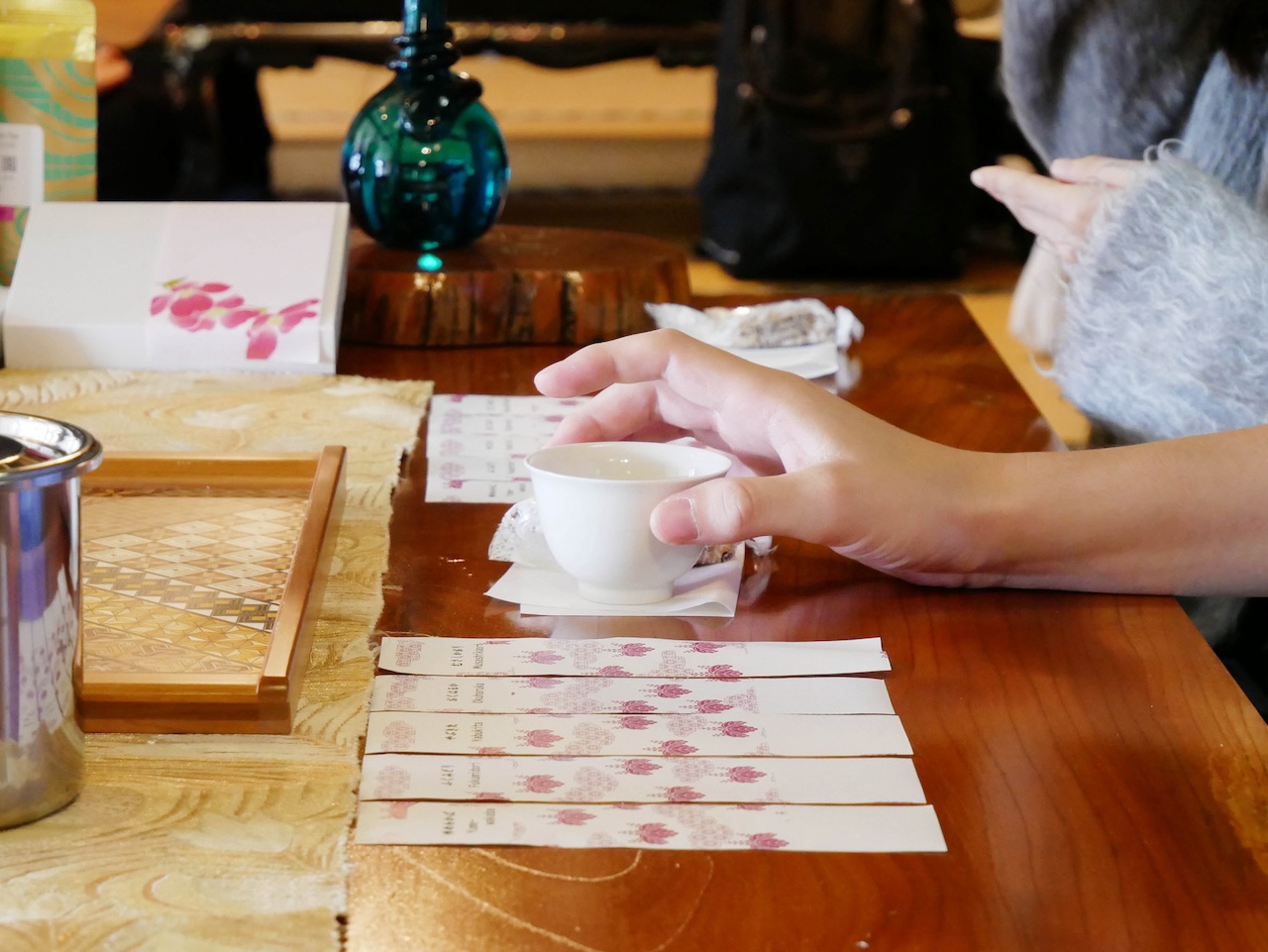
With each cup of tea poured, I paid careful attention to the color, fragrance, and taste. One piece of advice that the proprietors gave us was to not swirl the tea around in our mouths, as that may spread bitterness across our palates that would overpower other more subtle flavors. The small sweets provided also acted as great palate cleansers. After we had gotten to sample the five types, it was time for the game to begin!
For the game, we were again served with a cup of tea one by one, but were not told what its name was. With no discussion, we then chose the slip with the name of our guesses and laid them out in order. Once you touch the slip, that is your guess, no take-backs! That, coupled with the timely manner of the tea serving, added to the challenge of the game.
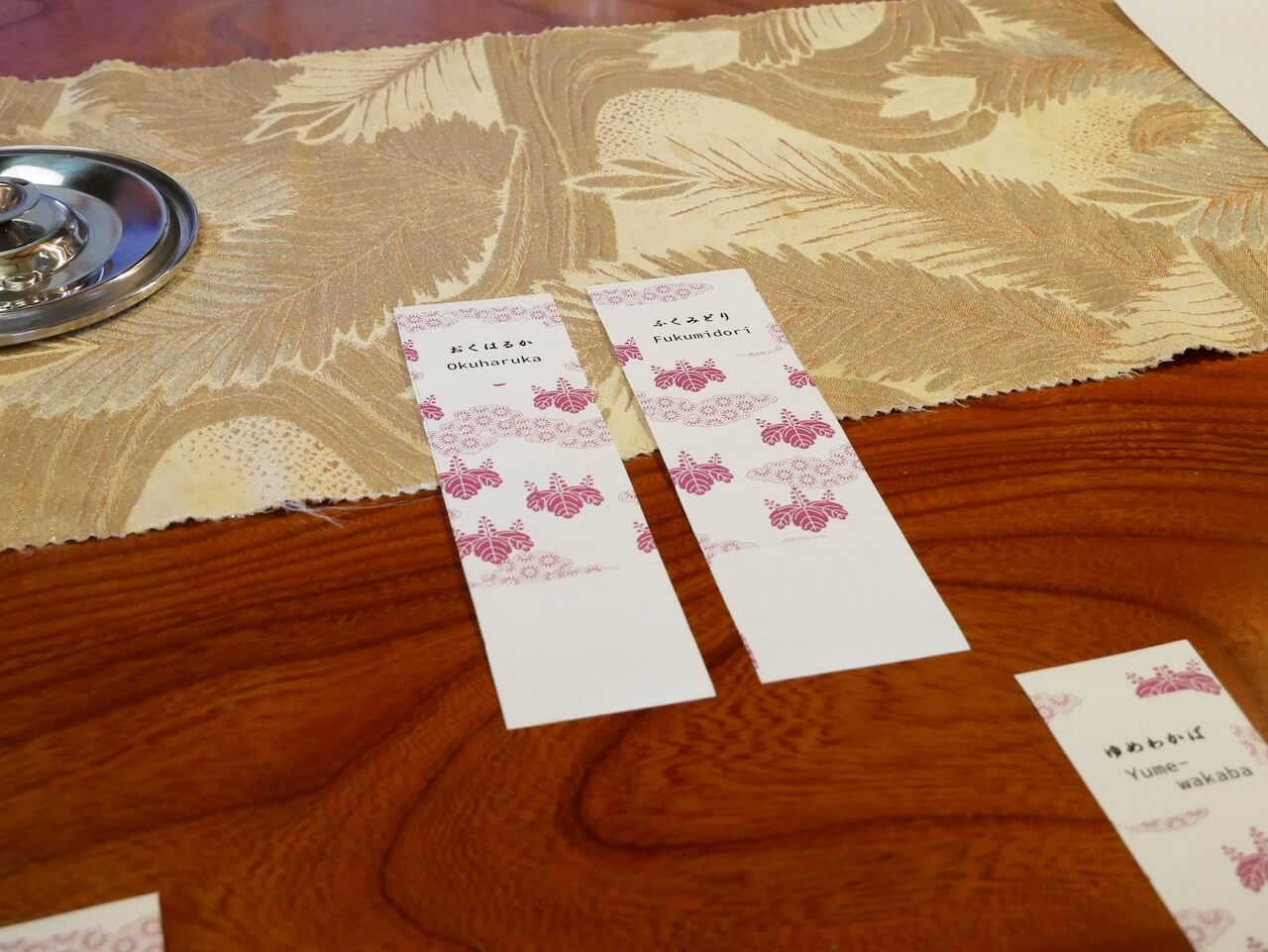
We were told that out of the hundreds of participants over the years, only five have gotten all of the teas correct. Hearing this made me extra nervous, but at the same time, made me determined to employ my full concentration to add myself to the list of successes. The room was filled with silence as we each carefully smelled and sipped our teas. For some of the teas, I was confident in my selection; I myself was surprised at how I was able to recognize the flavors and attributes I had noted earlier.
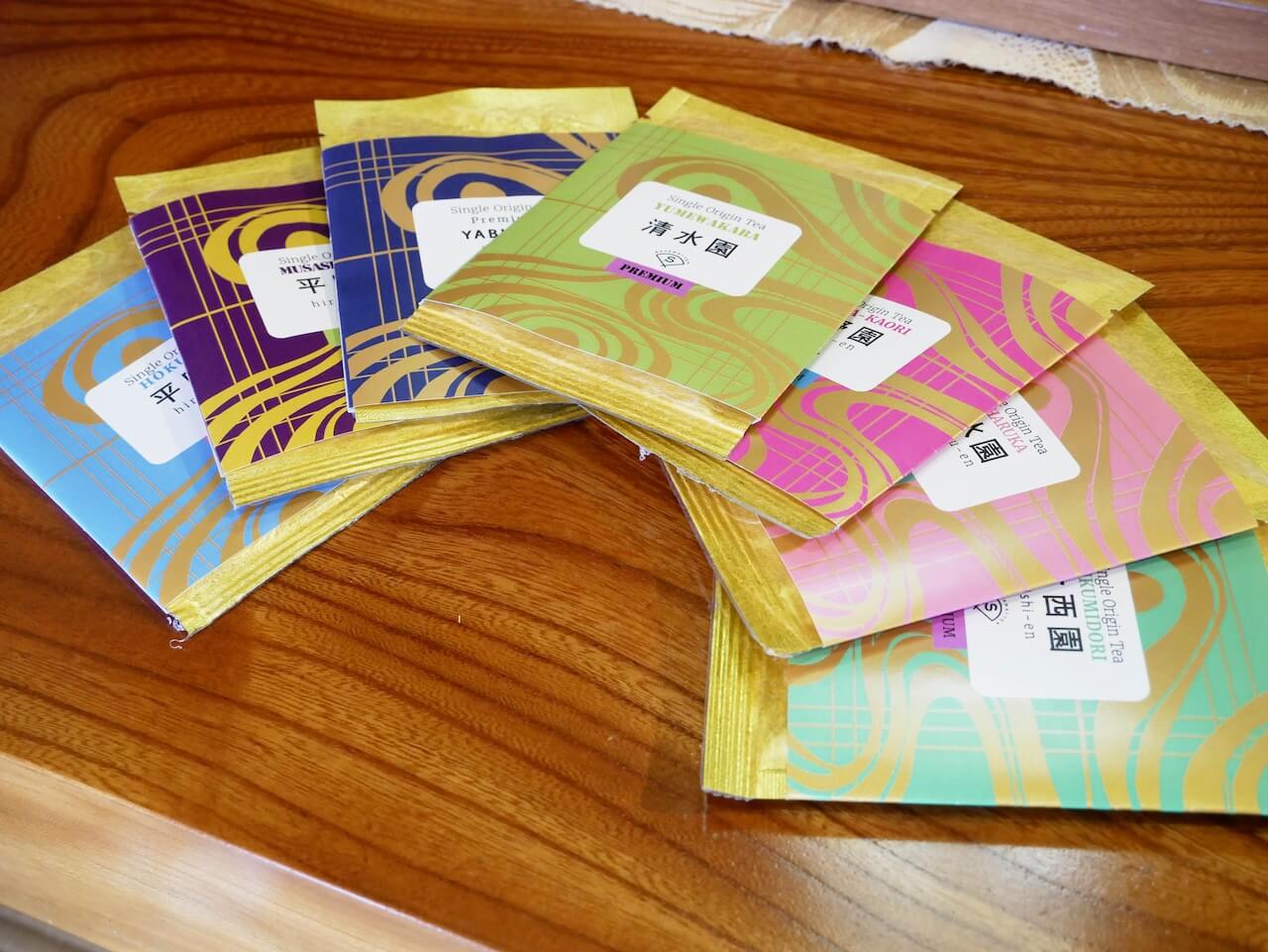
After all the teas were served and we had our guesses laid out, the proprietors then announced the correct answers. In the end, I got three out of five, but one person in our group got them all right, becoming the sixth person to ever do so! If you are able to get them all correct, you will be rewarded with a set of teas that includes those served in the tocha game and more!
The moderate competitiveness of tocha made it a great way to commit myself to being more observant. My complete focus on getting as many right as possible allowed me to discover and observe subtle nuances and characteristics that I would likely not have noticed otherwise. I definitely finished with a greater admiration and intent to be more mindful about the tea I drink.
Example of the tea prize
Sipping Tea While Surrounded By Lush Tea Fields
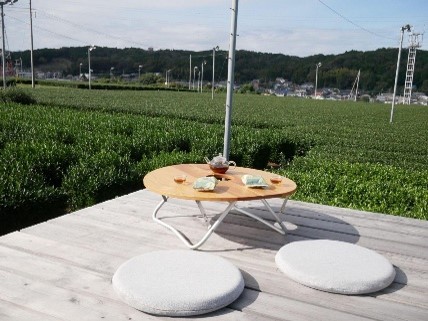
As illustrated thus far, Iruma is covered with beautiful, lush tea fields. Now, they can be admired while leisurely sipping on tea at Chanowa, an outdoor elevated platform that overlooks the vast tea fields. There are several plans to choose from, and this time, we went for the Select Tea Plan provided by the local Sayama tea producer Ikenoyaen. This particular plan includes two seasonal teas and one additional tea you select yourself.
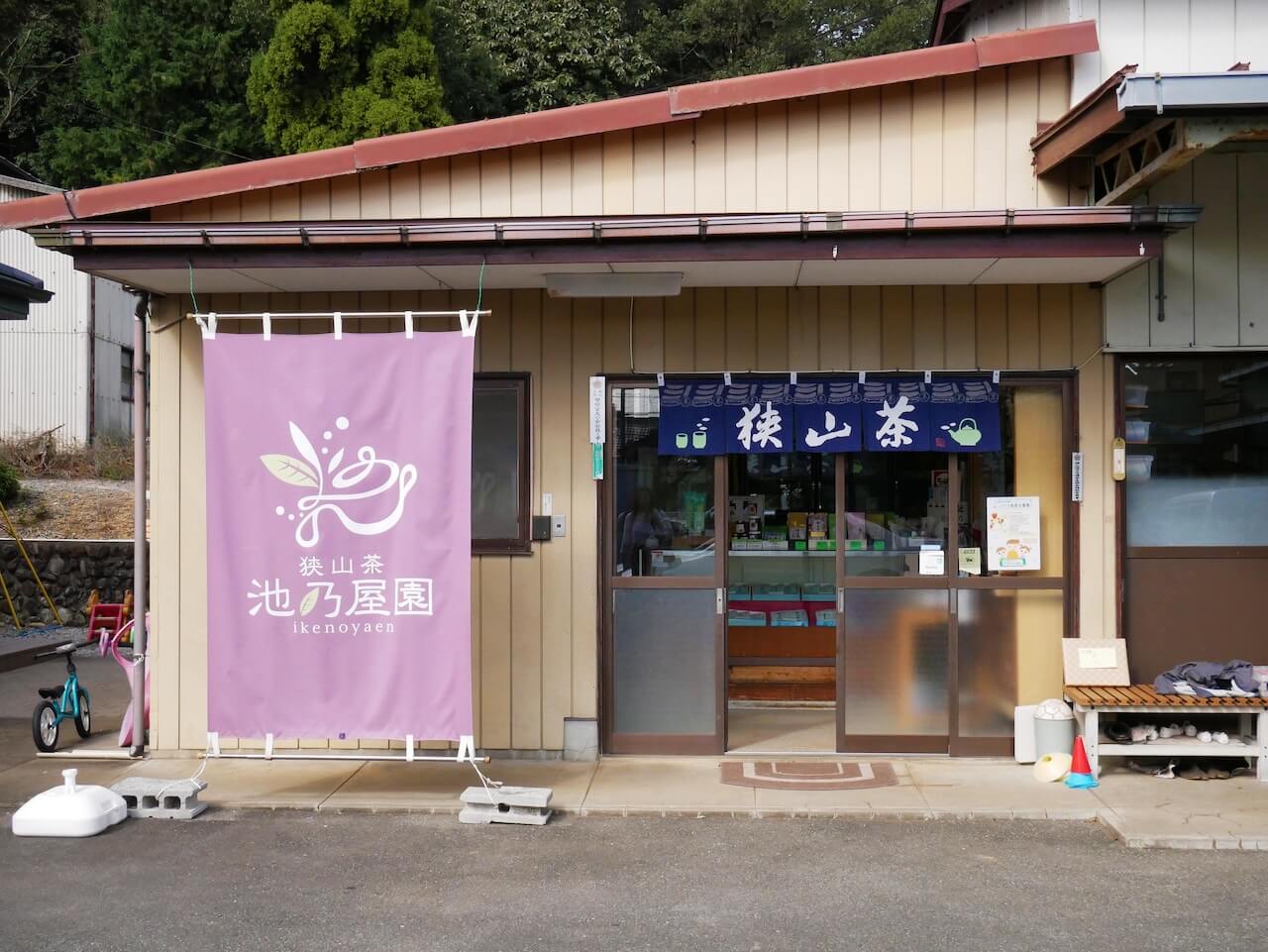
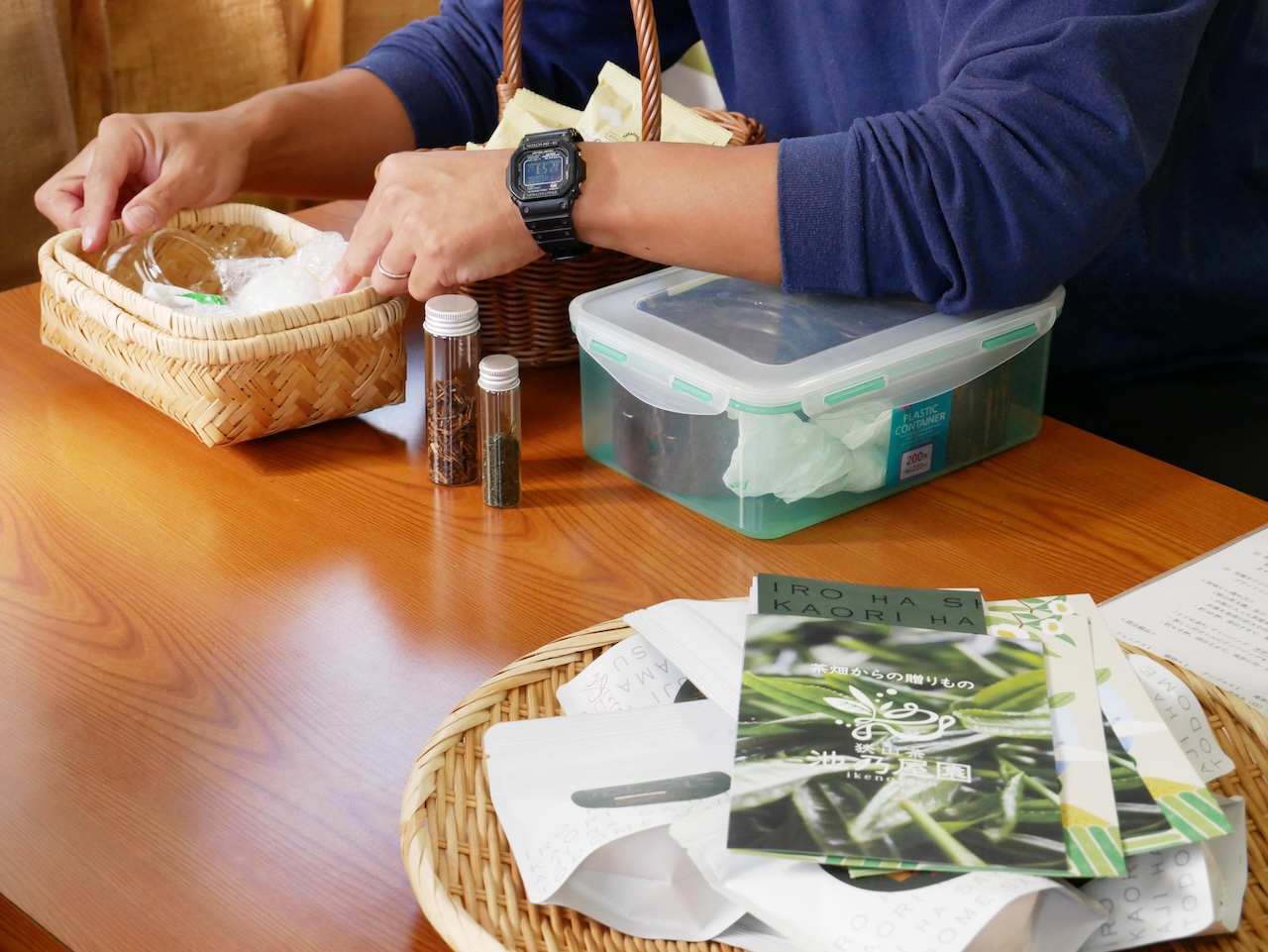
Before we headed to the destination of our lovely picnic, we first made our way to the Ikenoyaen shop. Upon checking in, the proprietor of the tea shop showed us the supplies that we would bring with us, which included cushions, tableware, and the teas, and gave us instructions on how to get to Chanowa. During this time, we were also shown a selection of teas that the third type can be chosen from. There were also more pieces of furniture held in a trunk at Chanowa, which include tables and folding chairs to make the experience more comfortable.
There are several shops that offer Chanowa plans in the area, and some are closer than others. However, it is important to remember that you will need to provide your own transportation to the deck, whether it be by rental car or taxi.
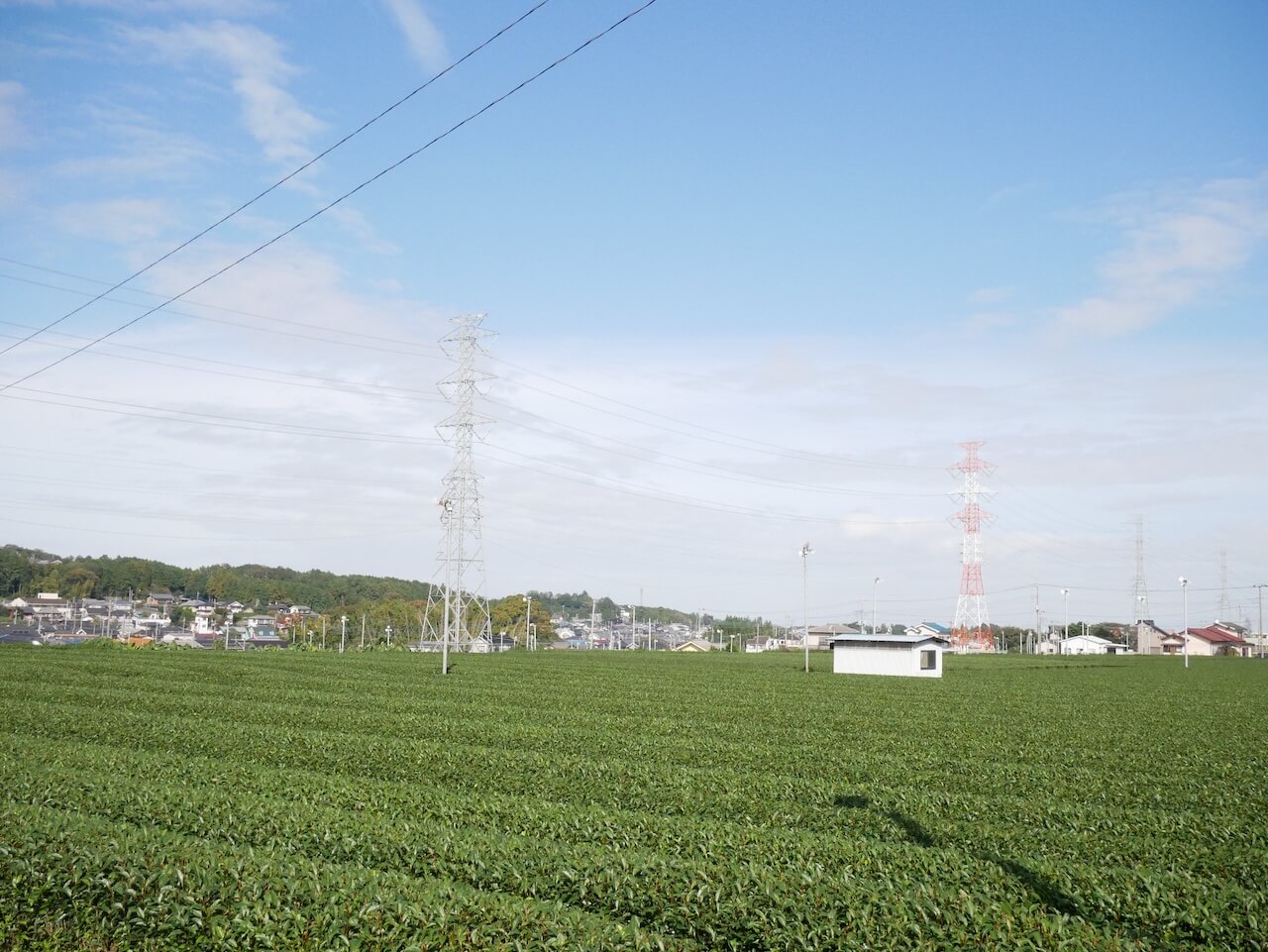
After a brief drive to the designated parking spot, we arrived at our destination and were immediately enveloped by a vast sea of tea bushes stretching endlessly in every direction. Even the walk to the deck led us through rows and rows of luxuriant tea bushes, physically and metaphorically bringing us further into the world of tea.
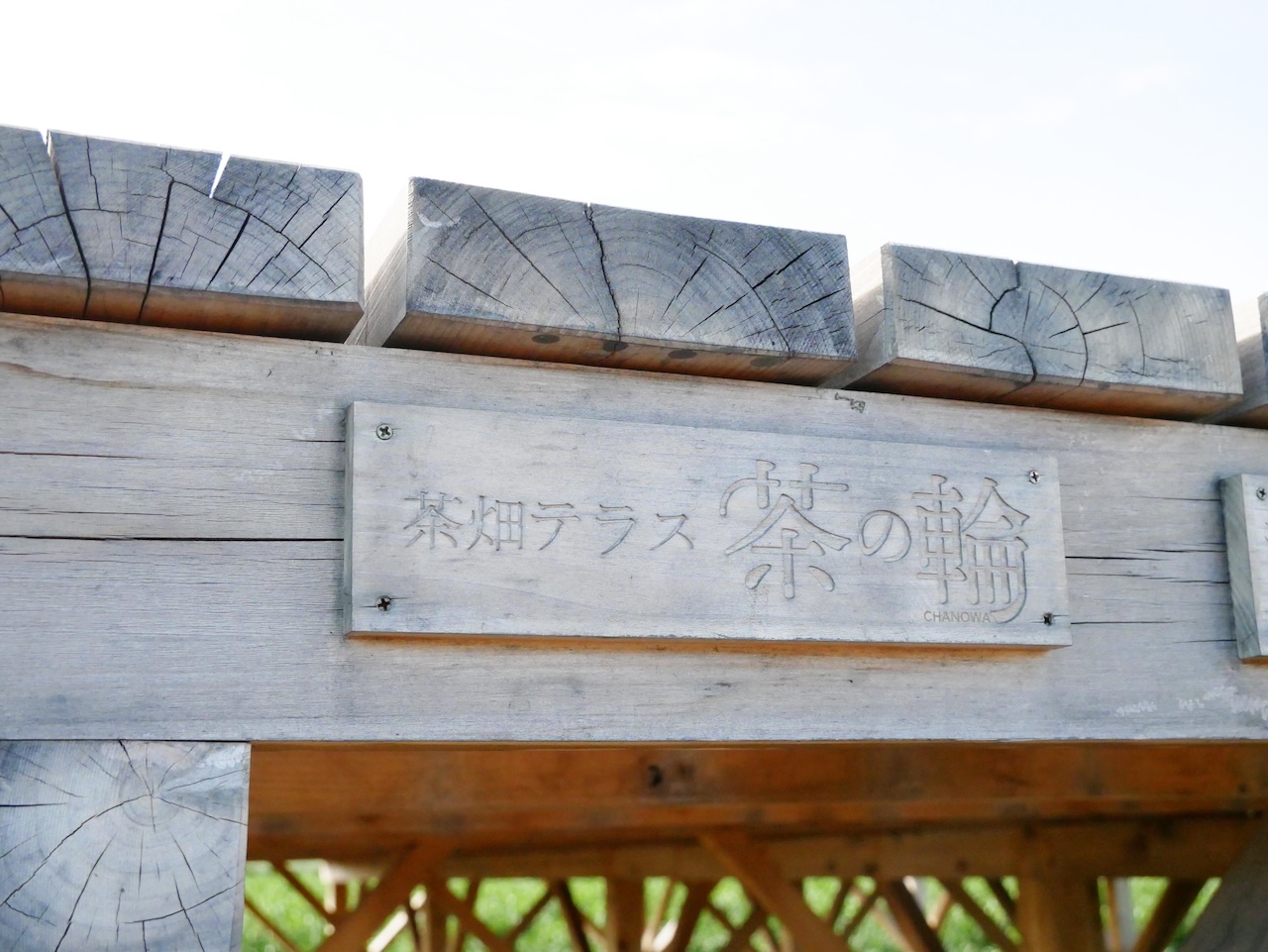
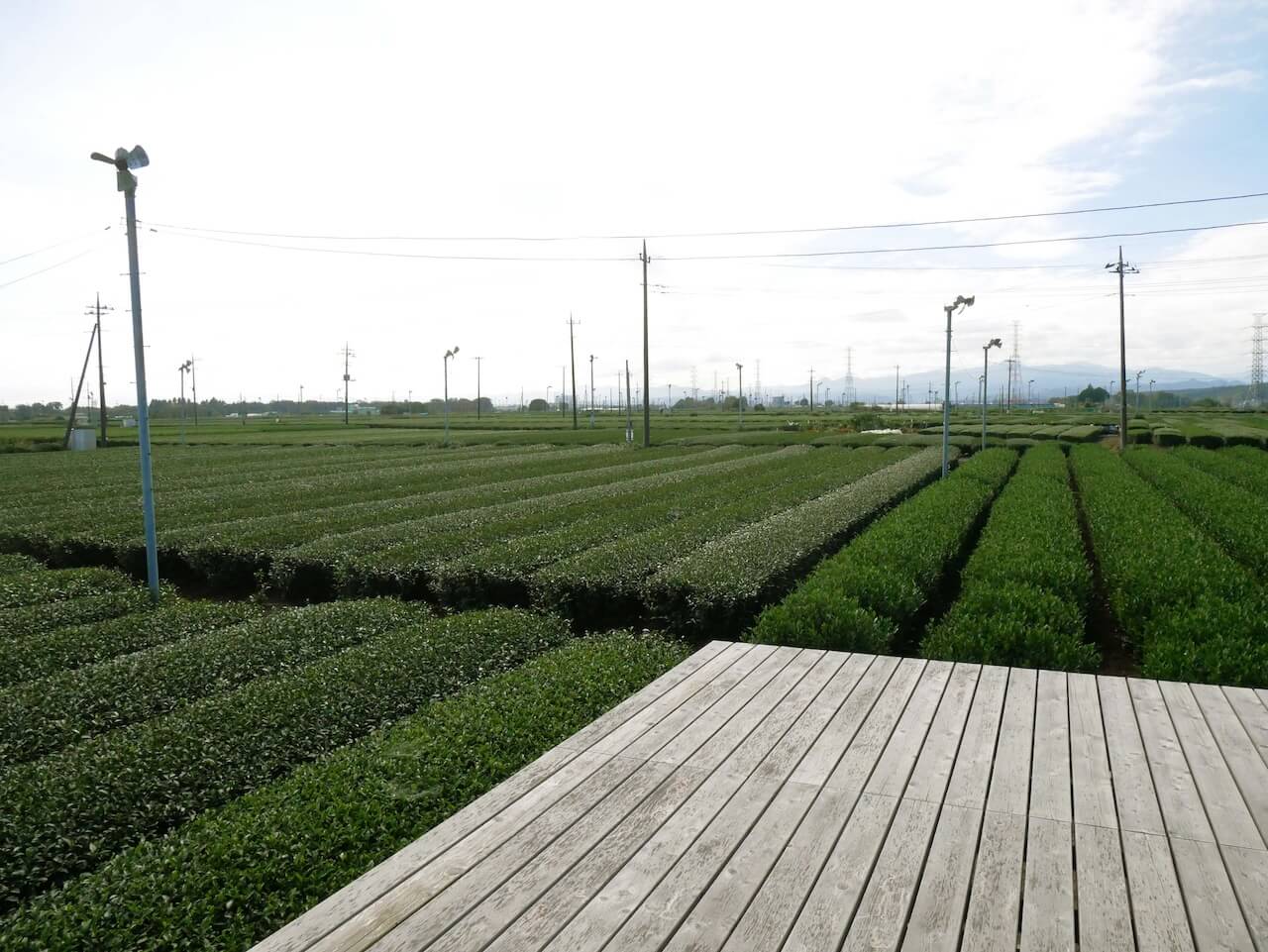
As we made our way through tea bushes, we could see Chanowa peeking up over the greenery, seemingly the lone structure among the green fields. Hopping up onto the deck, we first spent a few minutes just admiring the scenery. We really did seem to be completely removed from the outside world, protected by the tea fields stretching out to the horizon.
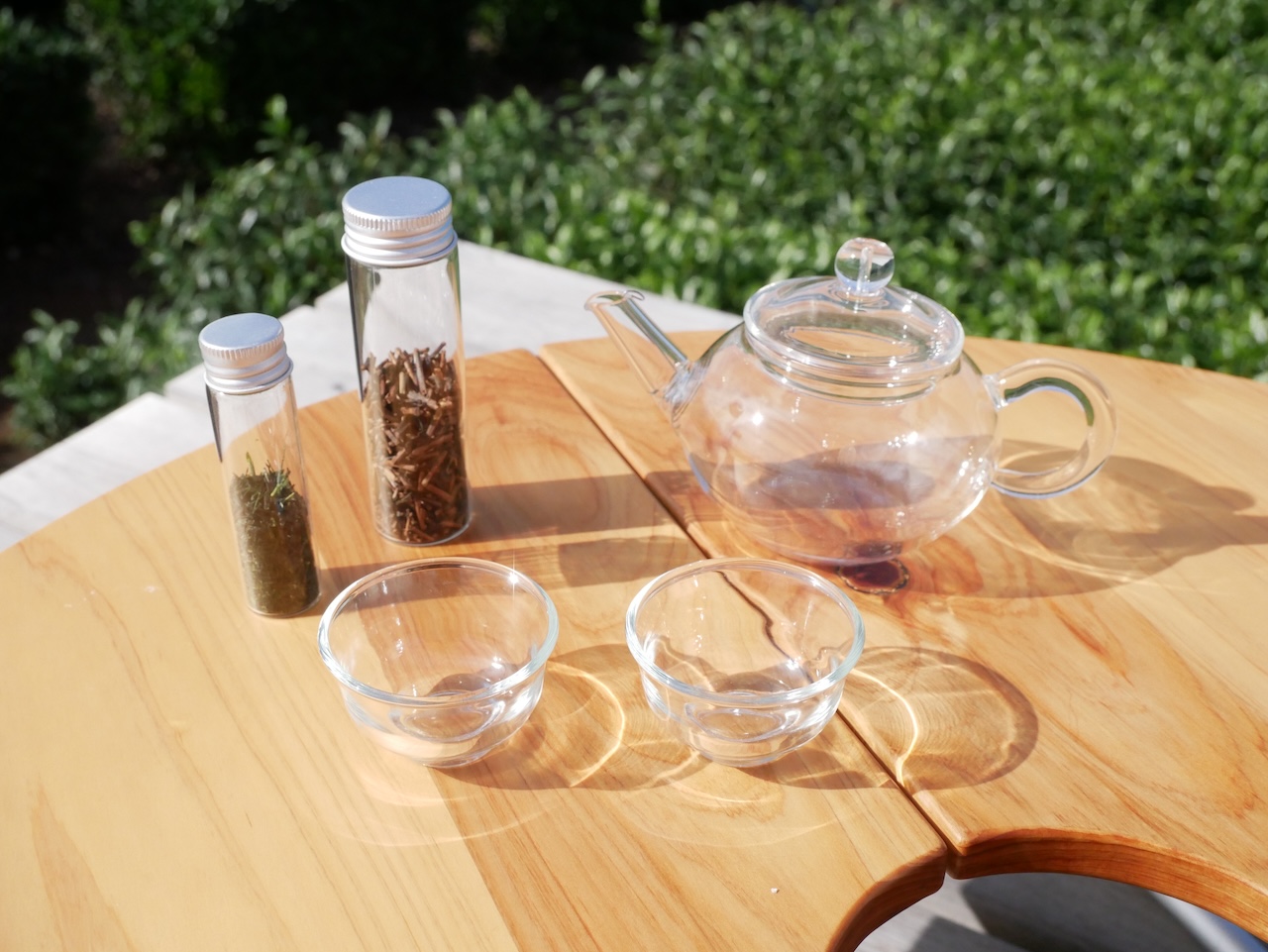
The season will determine whether you take hot or cold tea with you. If you have hot tea, you will be provided with a teapot, hot water, and loose-leaf tea to brew at Chanowa. This time, we were given a “sencha” (green tea for steeping) and a “hojicha” (roasted tea).
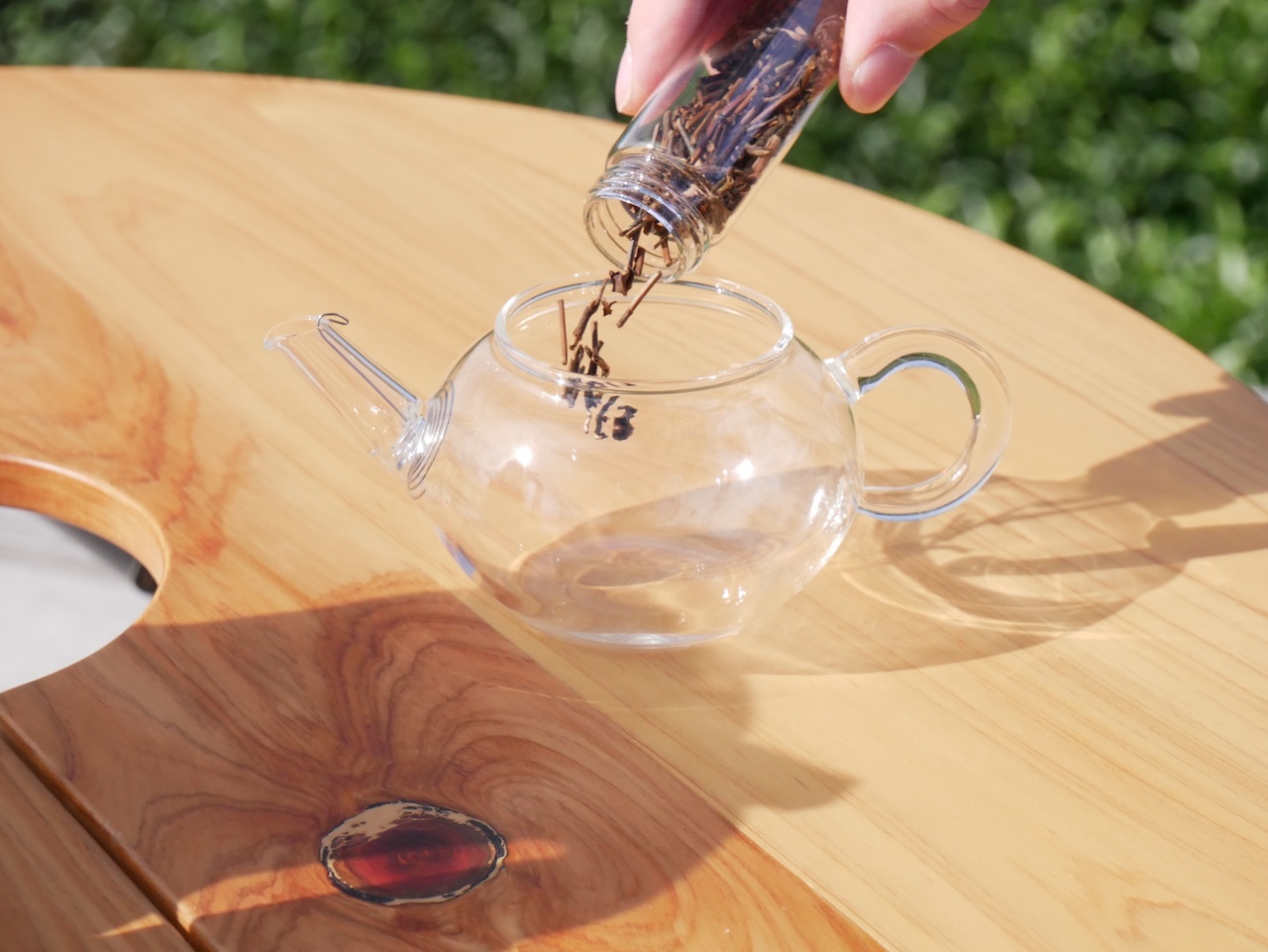
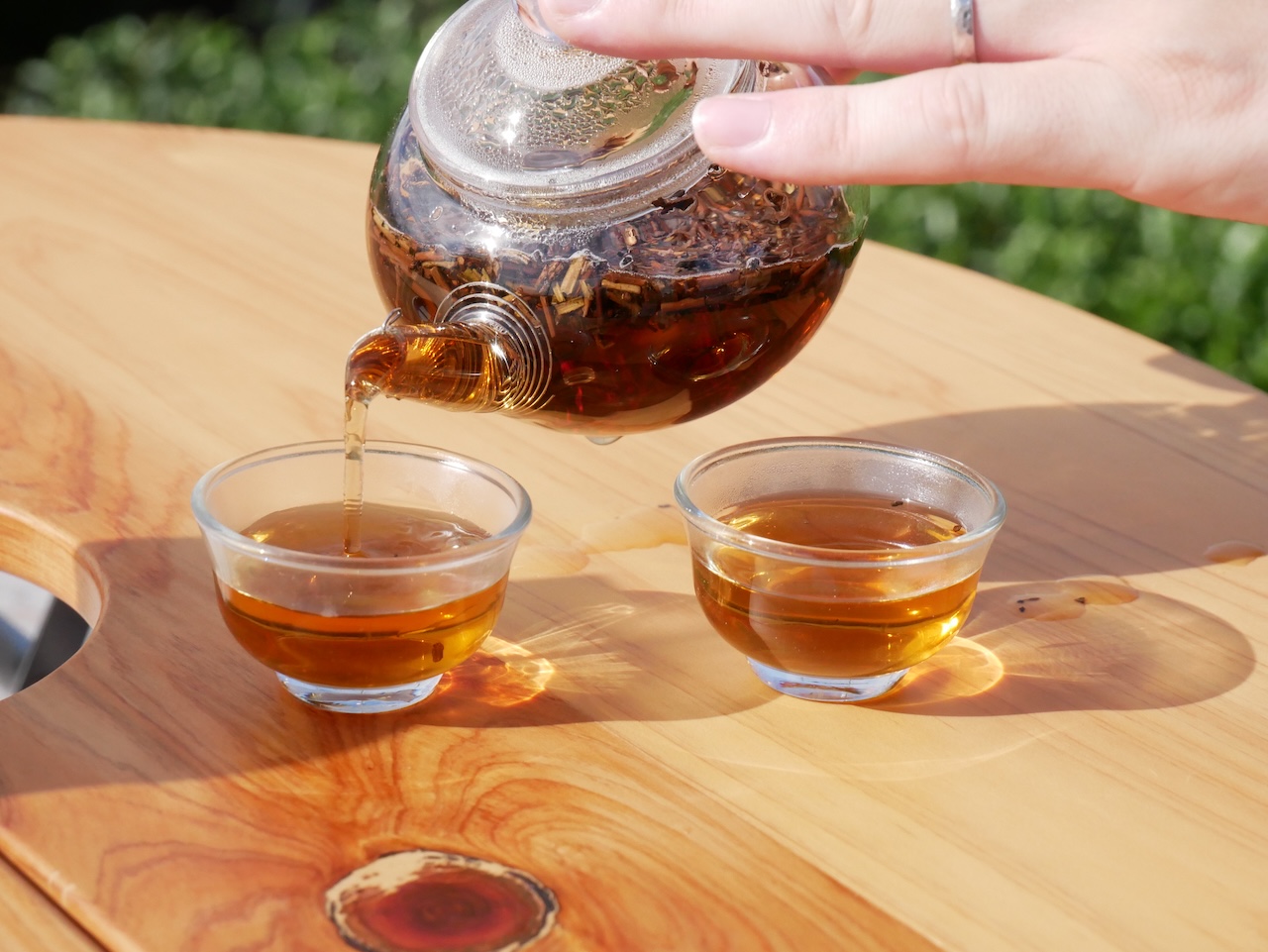
While relishing the crisp, clean air, we started brewing our tea. The hojicha was fragrant and woody, with an almost smoky flavor thanks to the roasting process it undergoes. As we sipped, we utilized our new observation skills obtained from the tocha game to highlight notes we noticed. Savoring each profile of the tea as we looked out over the bushes that provided this delight was blissful, and the fresh air seemed to make the tea even more flavorful.
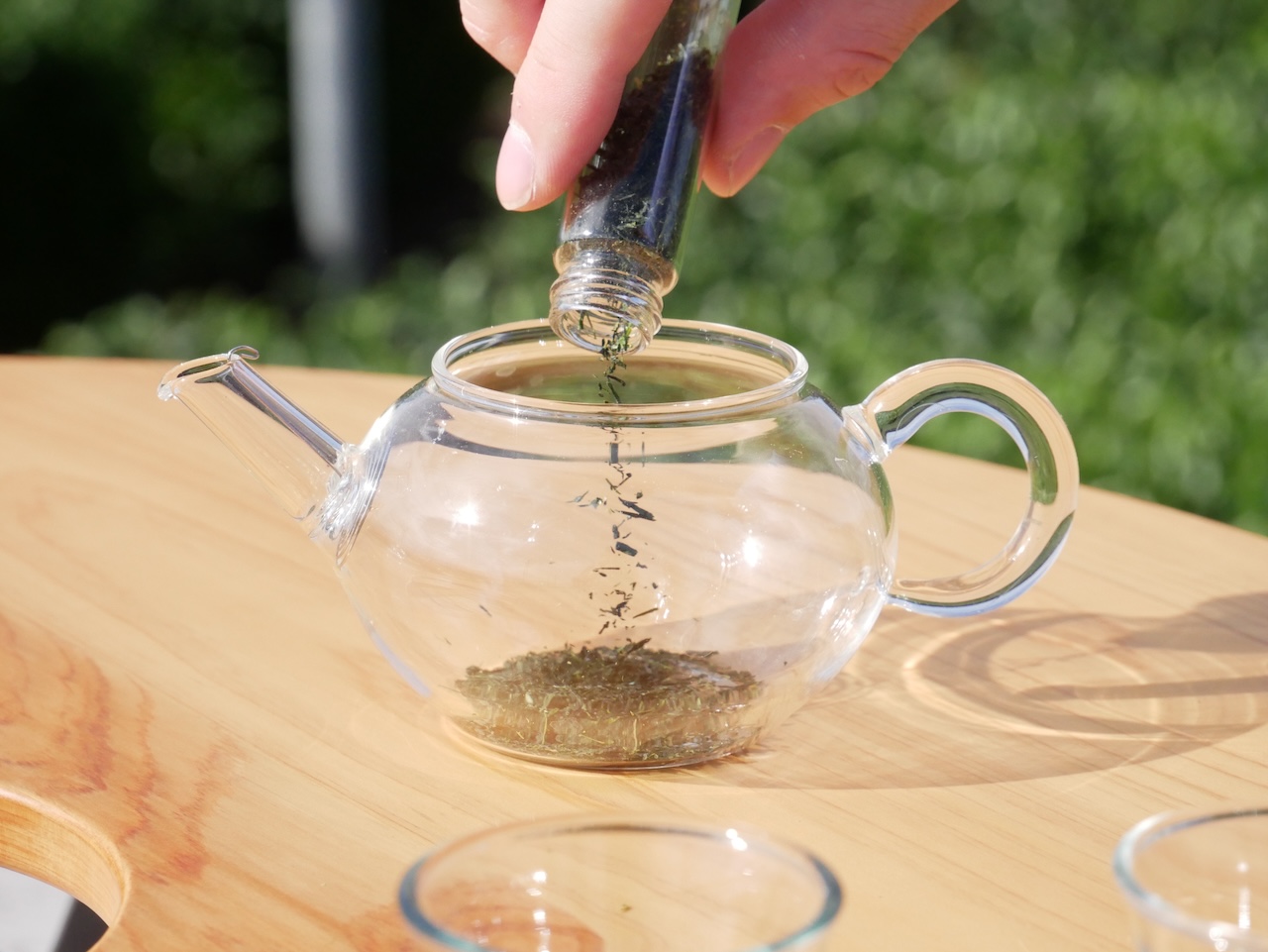
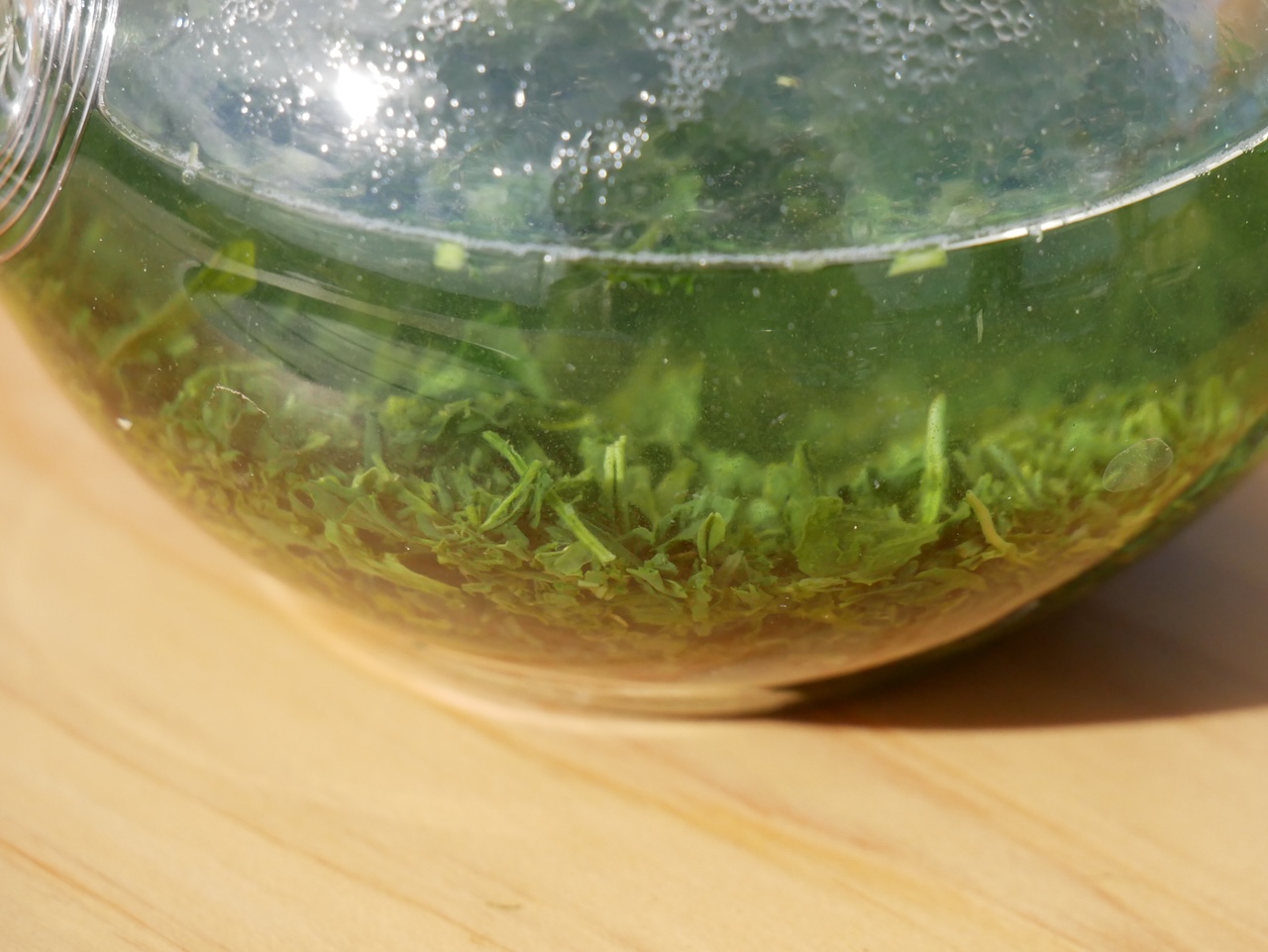
Meanwhile, the sencha was refreshing with a hint of sweetness hidden among the distinct grassiness that green tea is known for. We were also provided with a small sweet snack as an accompaniment, which paired beautifully with both teas. If you are feeling extra peckish, you are allowed to bring your own light fare with you to Chanowa, such as sandwiches or “onigiri” rice balls.
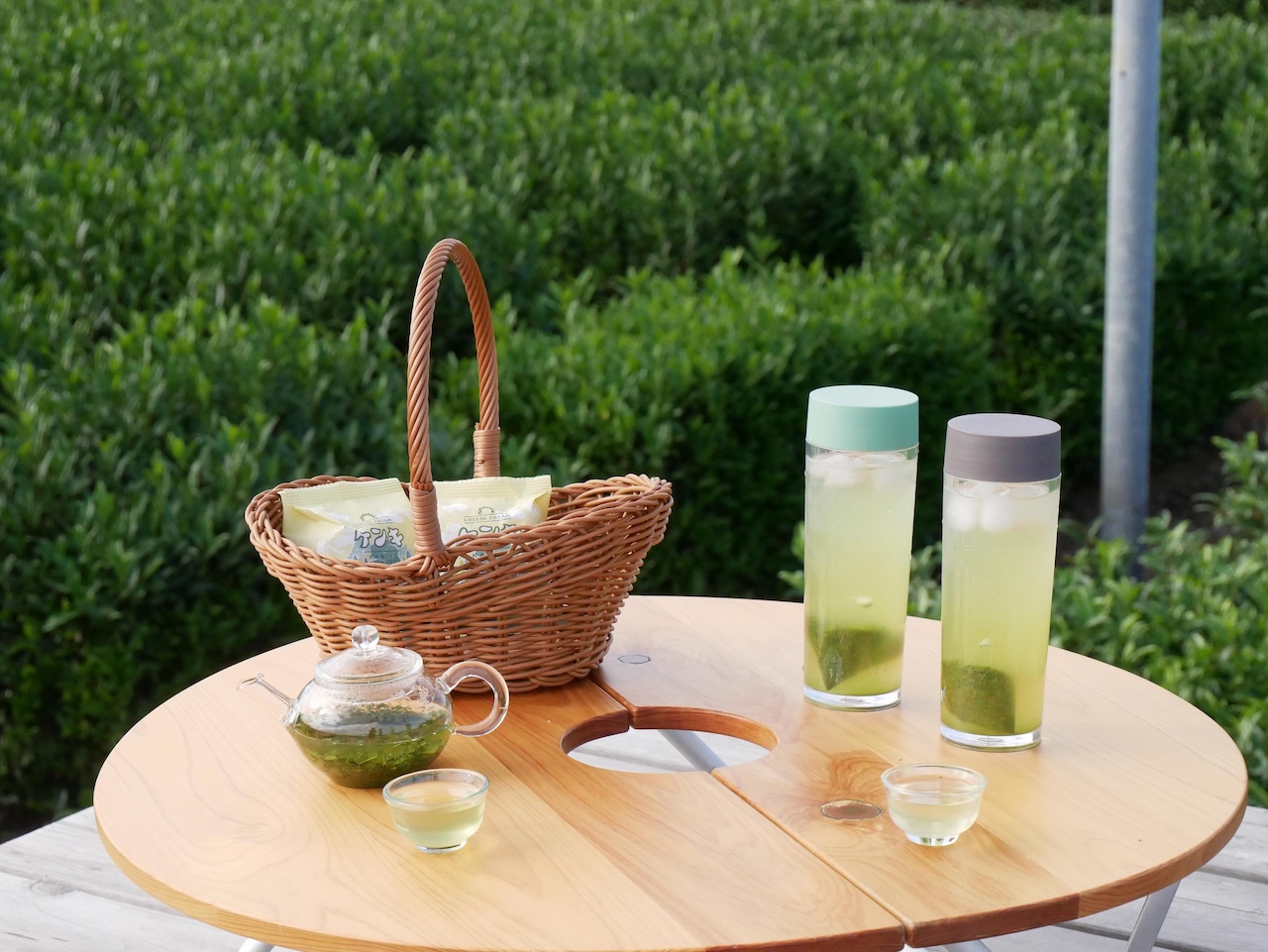
Chanowa almost feels like a secret hideout, as it is rare for people to appear around the deck. The ones who do tend to be tea farmers, so you can watch them work as you sip on and appreciate the fruits of their labors. It is also only open for one reservation at a time, so you will have it all to yourself!
To the right of the table are canisters of iced green tea provided during the hotter months.
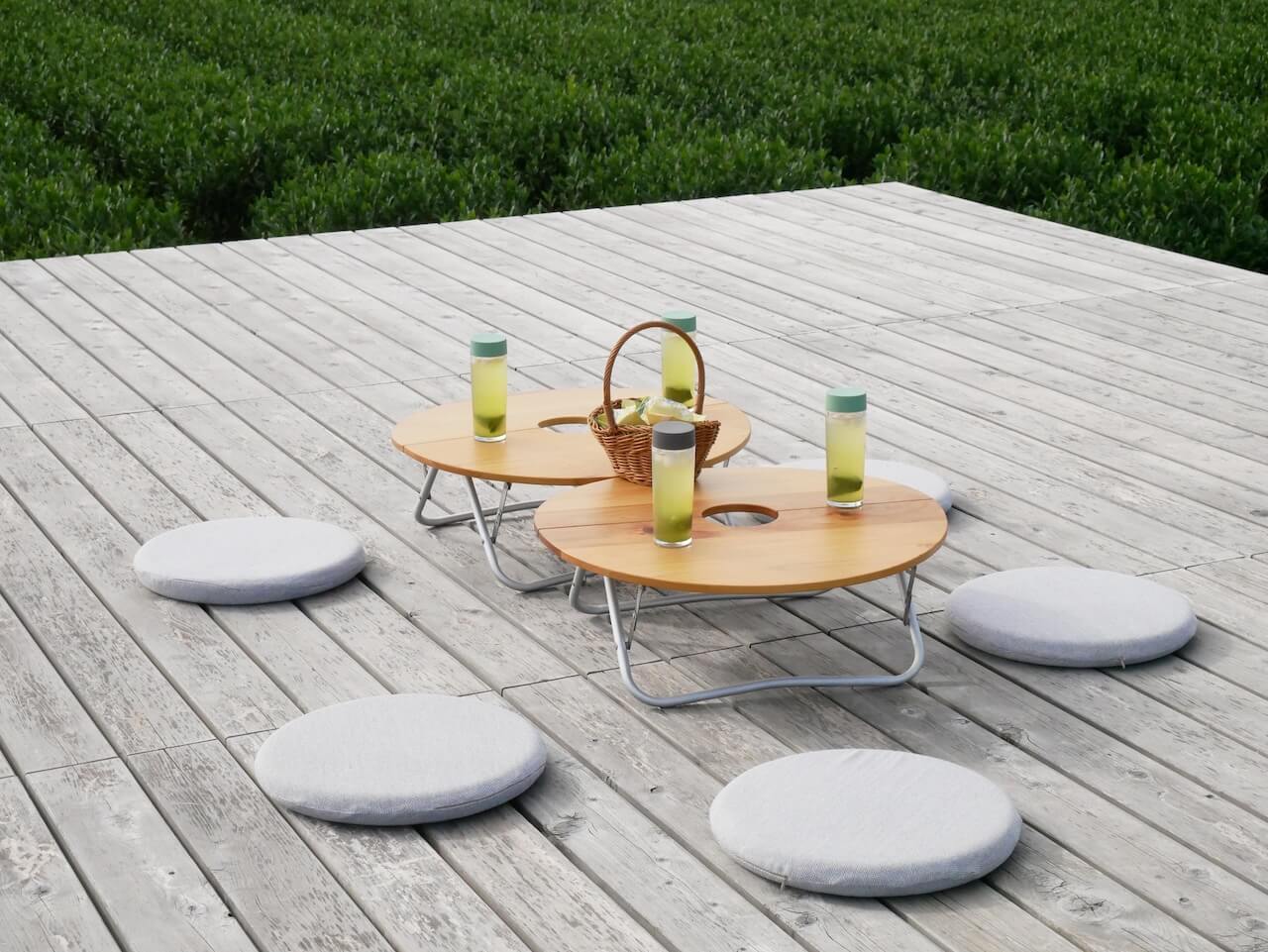
The deck is quite spacious, easily accommodating groups of up to five. There is also enough room to lay down and bask in the sun’s rays. With the calming silence only interrupted by the rustling of the evergreen tea leaves, its atmosphere was almost meditative. Before we knew it, our 90 minutes were up, and we packed up and headed back out through the tea fields to the realities of the real world.
Information
Notes: -Reservations must be made at least three days in advance
-Arrive at the plan’s respective tea store 30 minutes before your reservation time to receive the explanation and supplies
-The reservation site is currently only in Japanese, but multi-language versions are in the works
Deepen Your Appreciation of Japanese Tea in Saitama Prefecture
Though not as well-known as other famous teas in Japan, Sayama tea’s reputation speaks for itself. Local makers’ impeccable care and attention to every detail and step create fabulous tea that is lauded for its delicious flavor. Tea lovers will certainly rejoice in getting such deep insight into the beverage through the welcoming tours and activities offered in Iruma, but no matter your preferences, relaxing among the tea fields is certain to be enjoyable for anyone! For a unique cultural experience right by Tokyo, consider exploring the wonderful world of Sayama tea.
